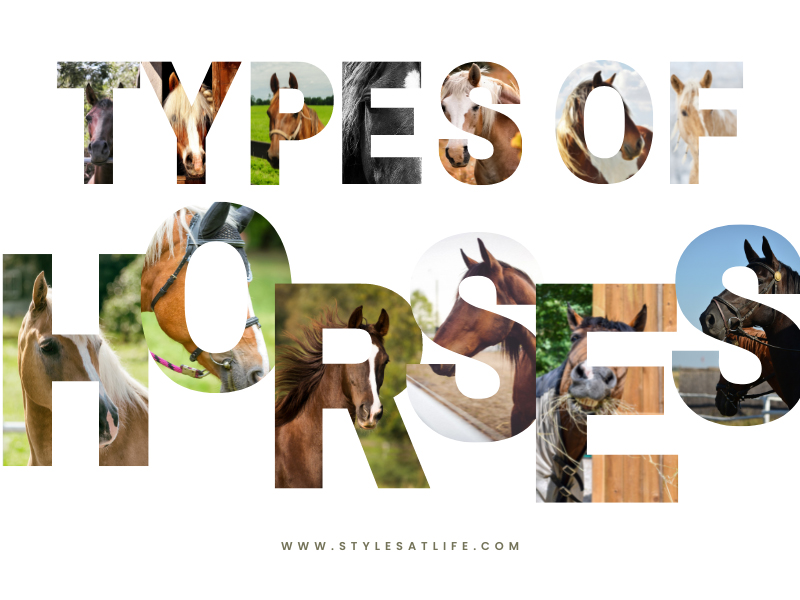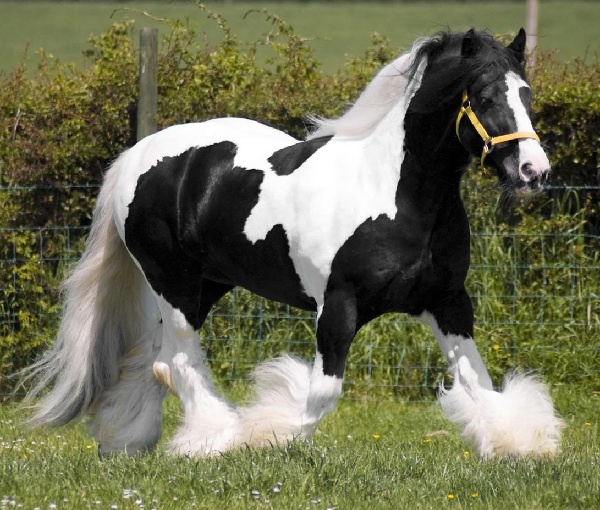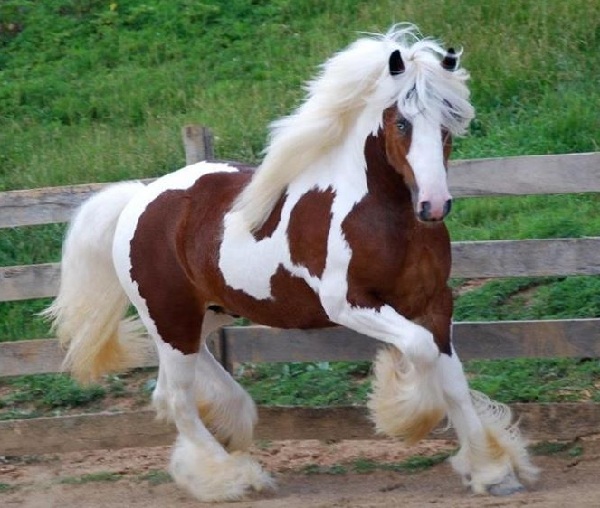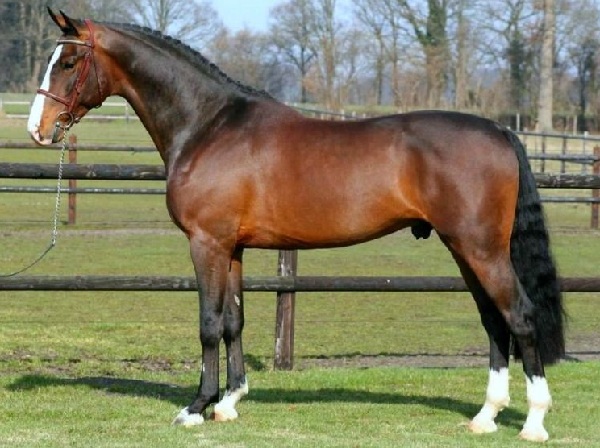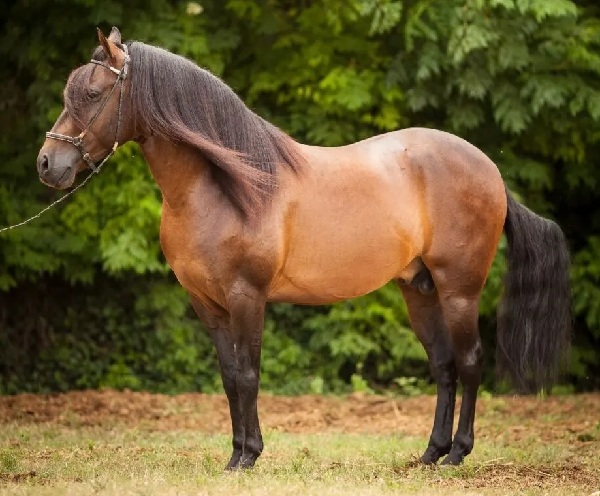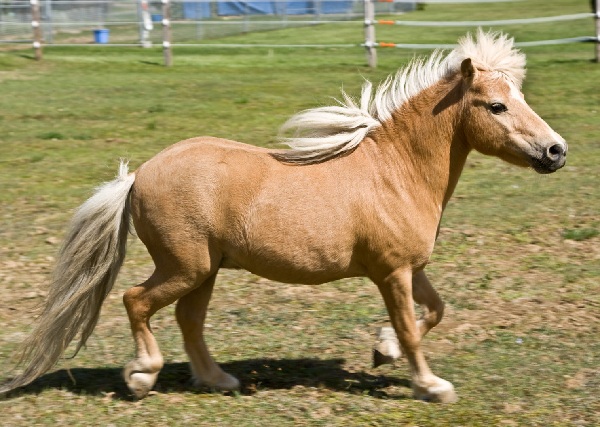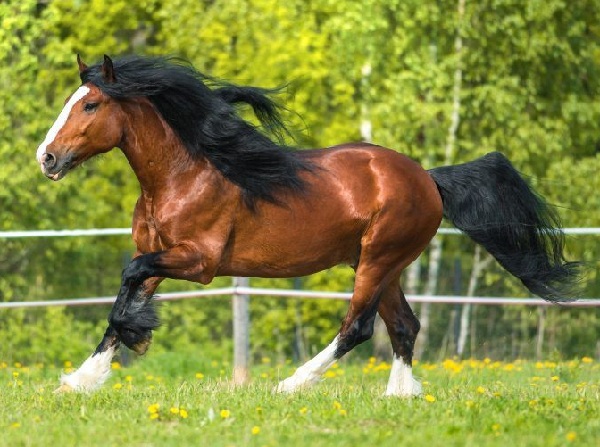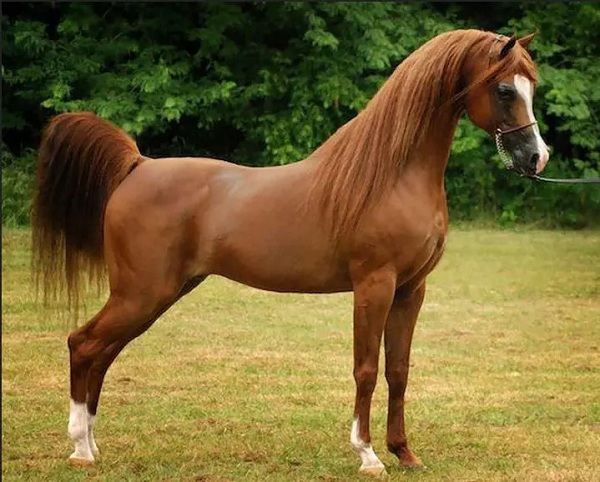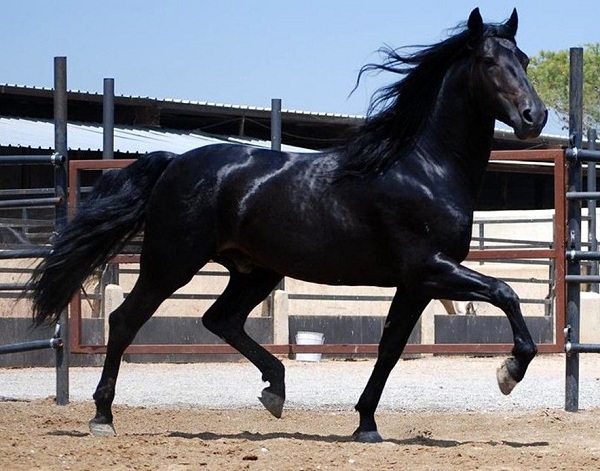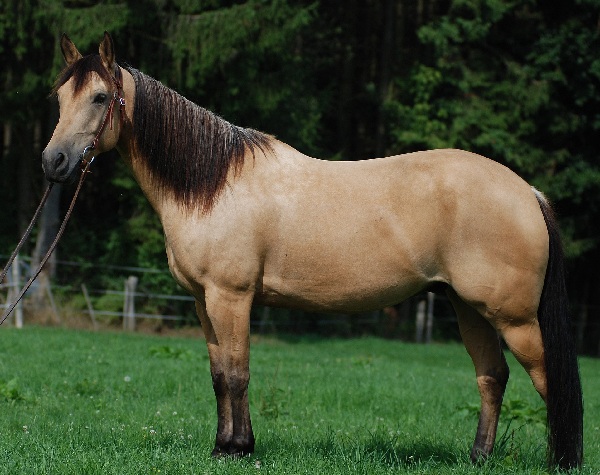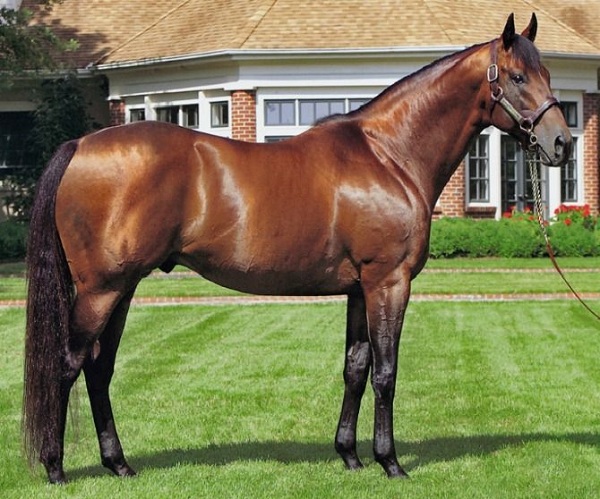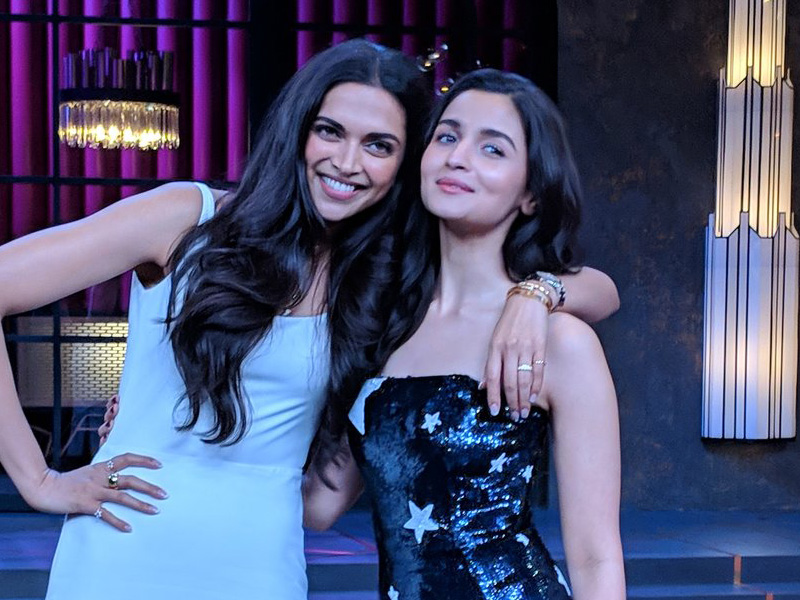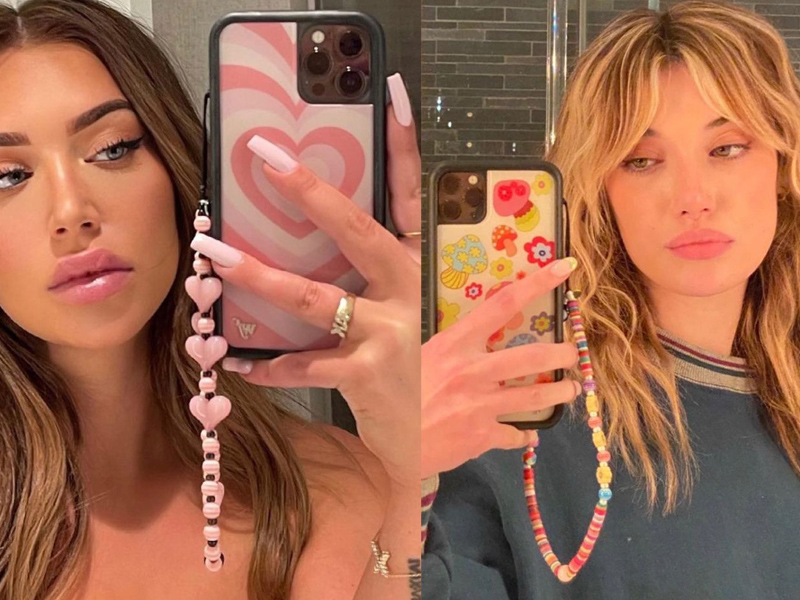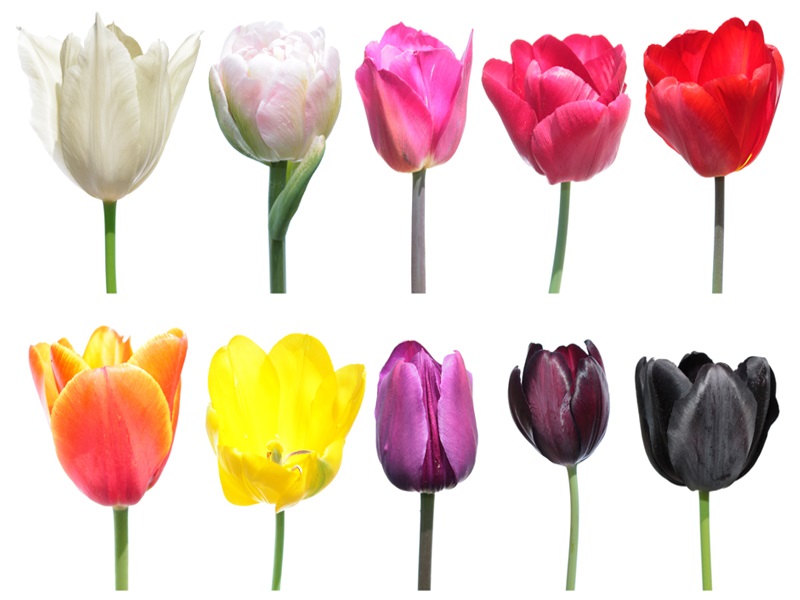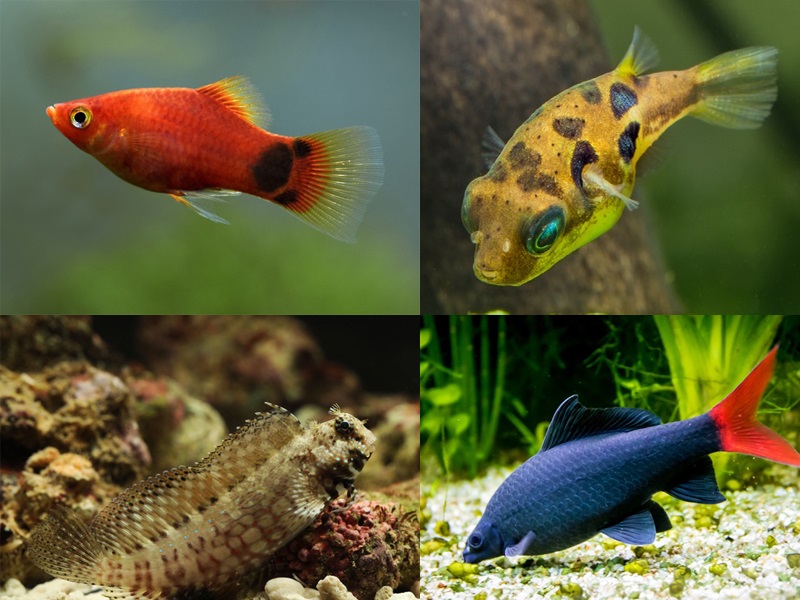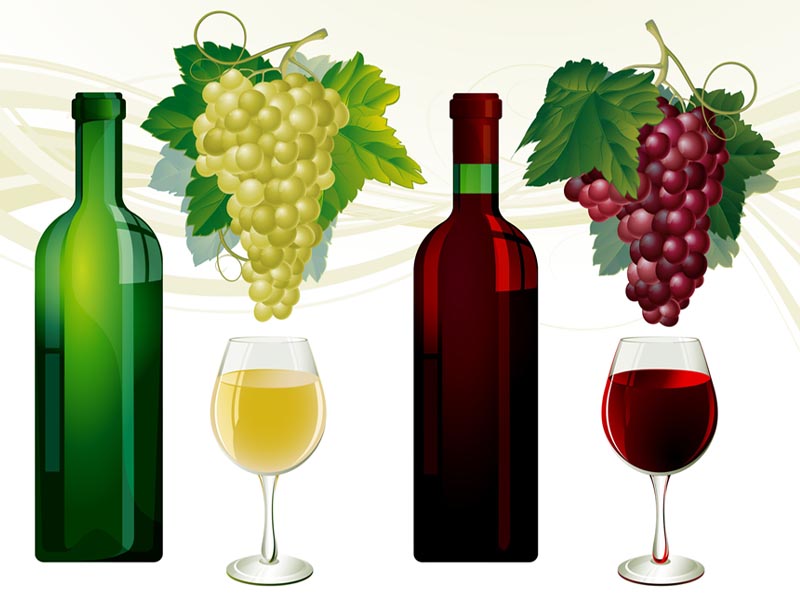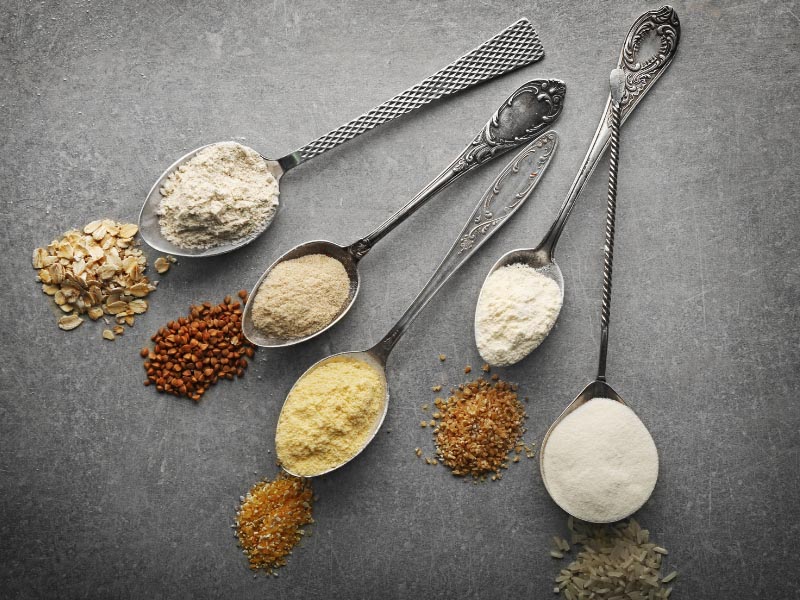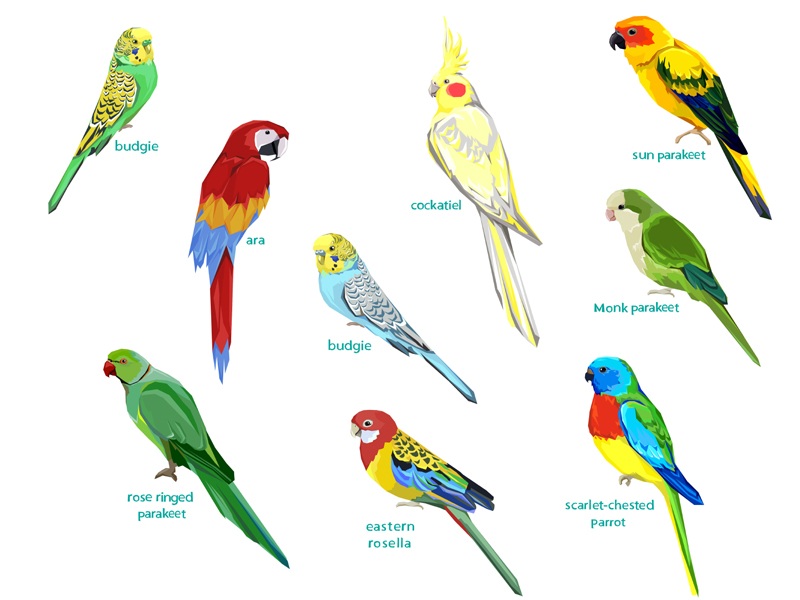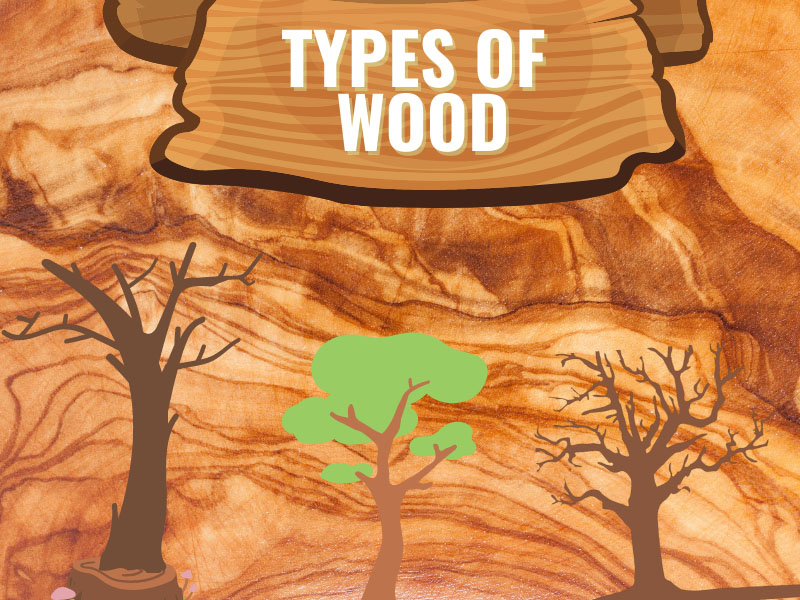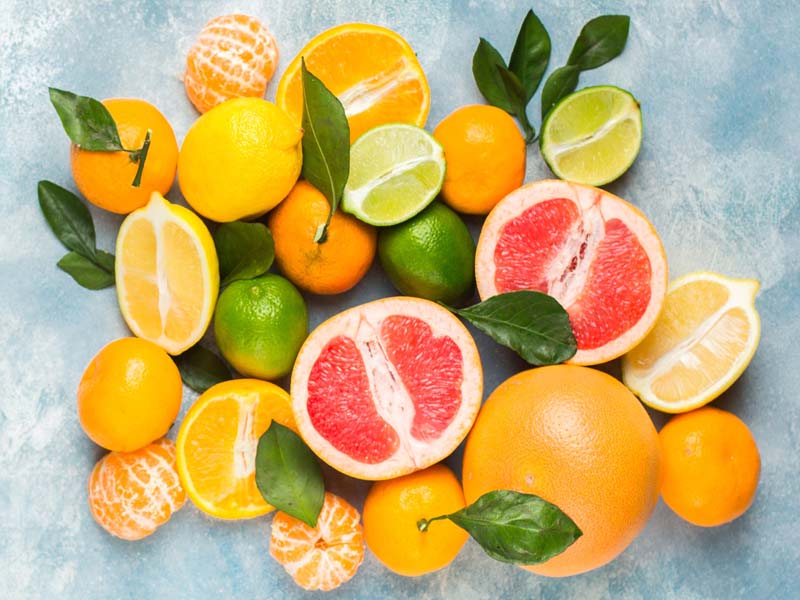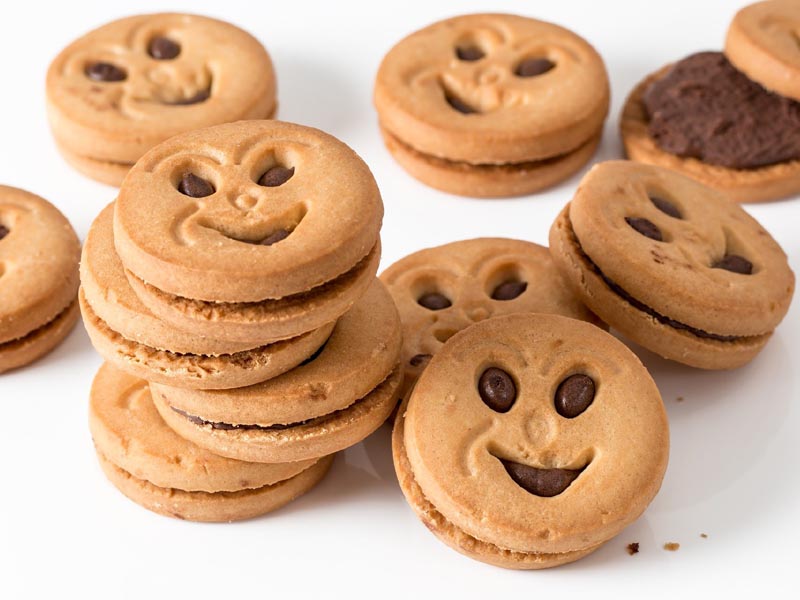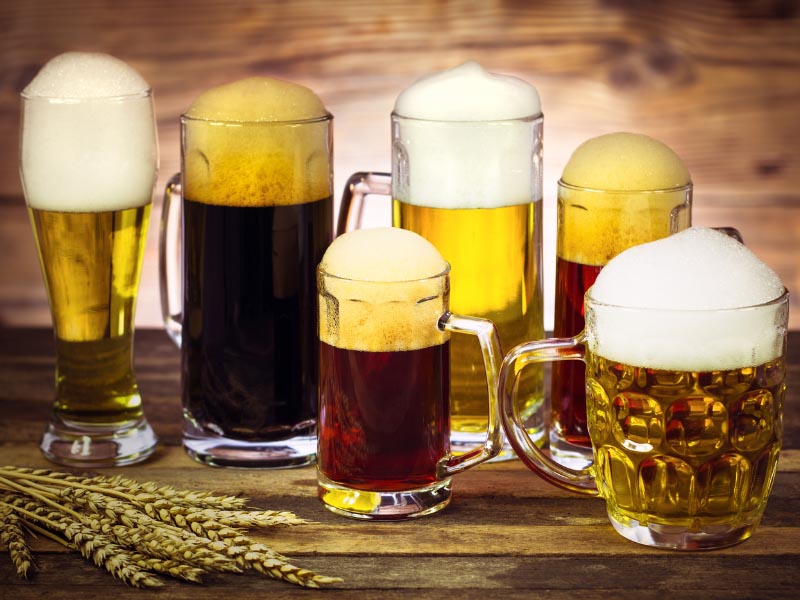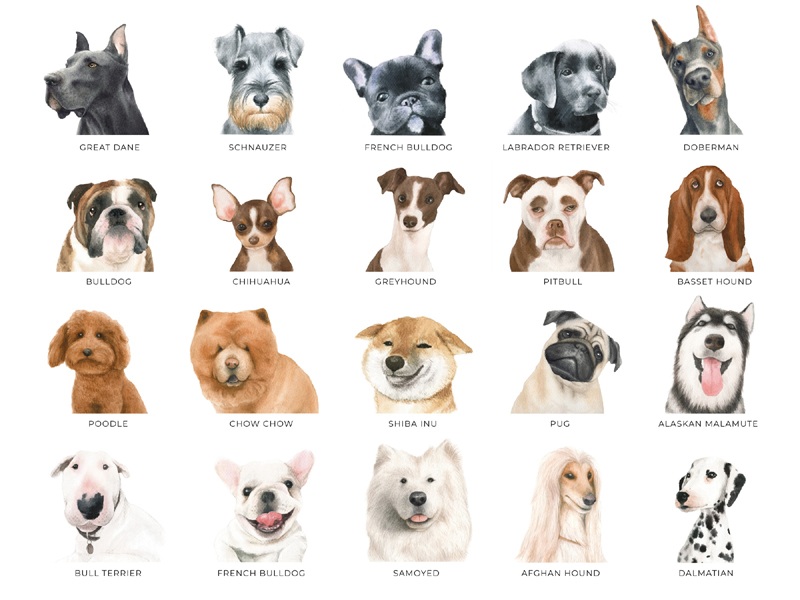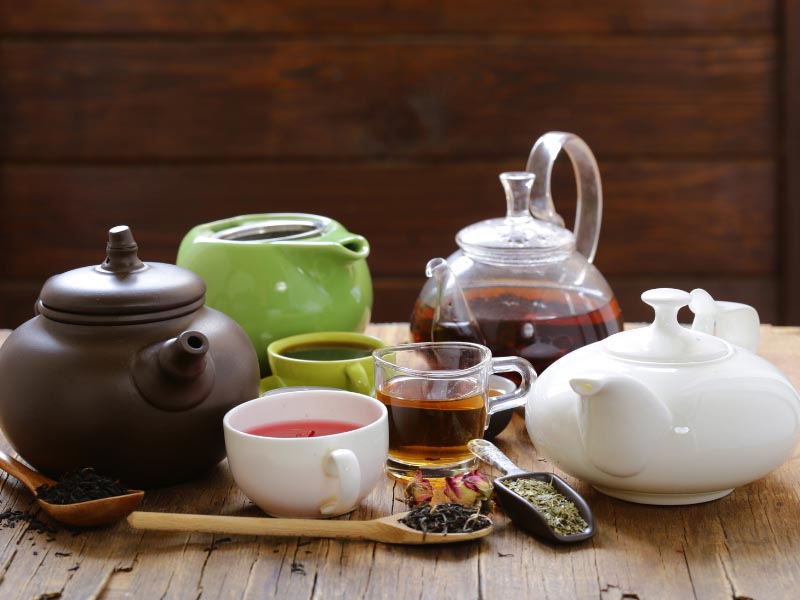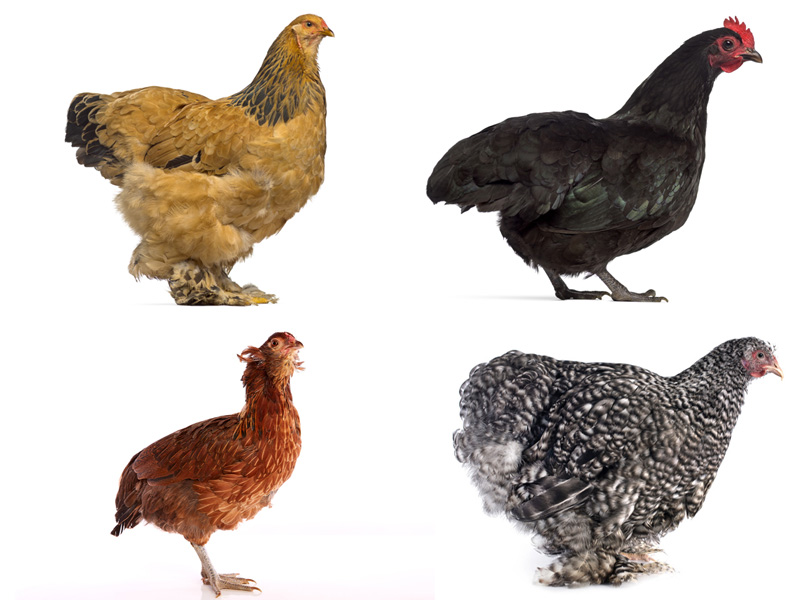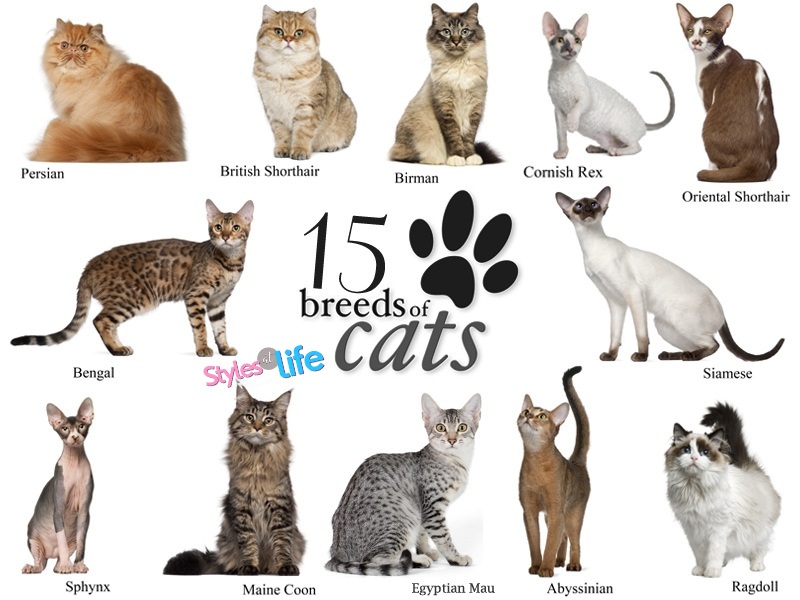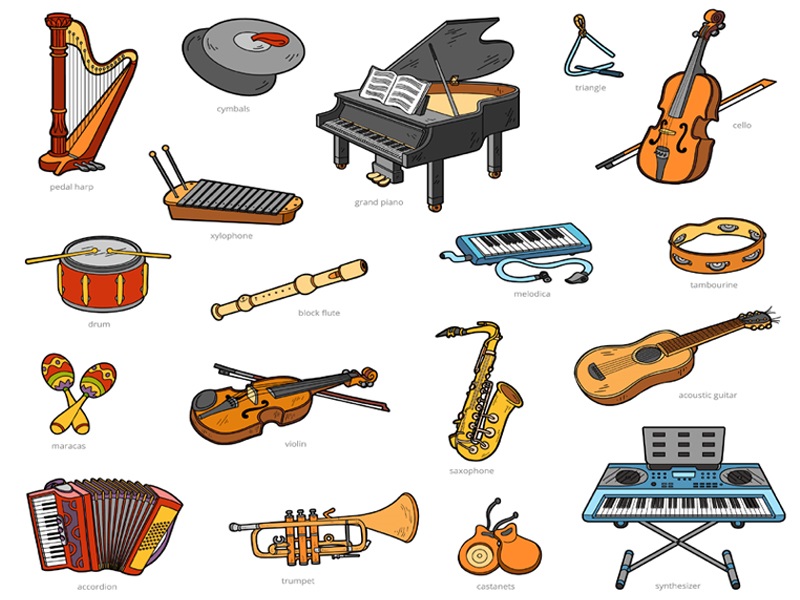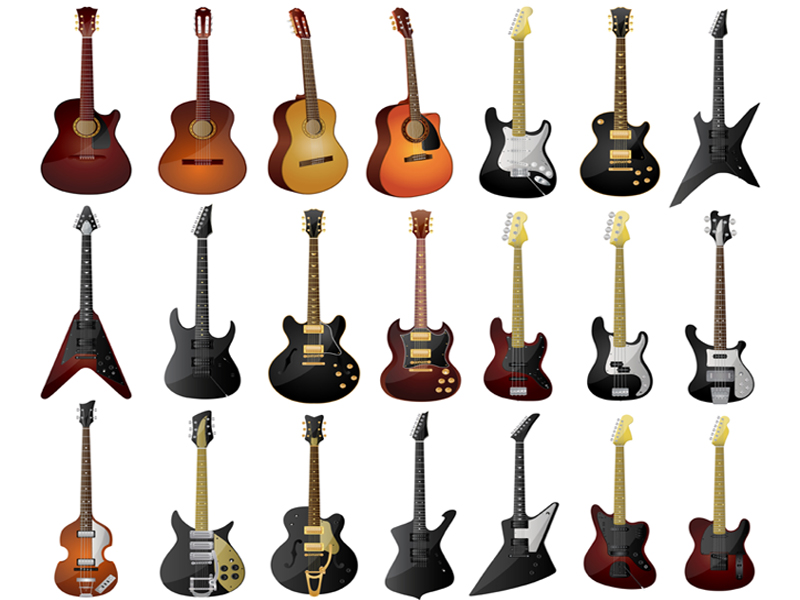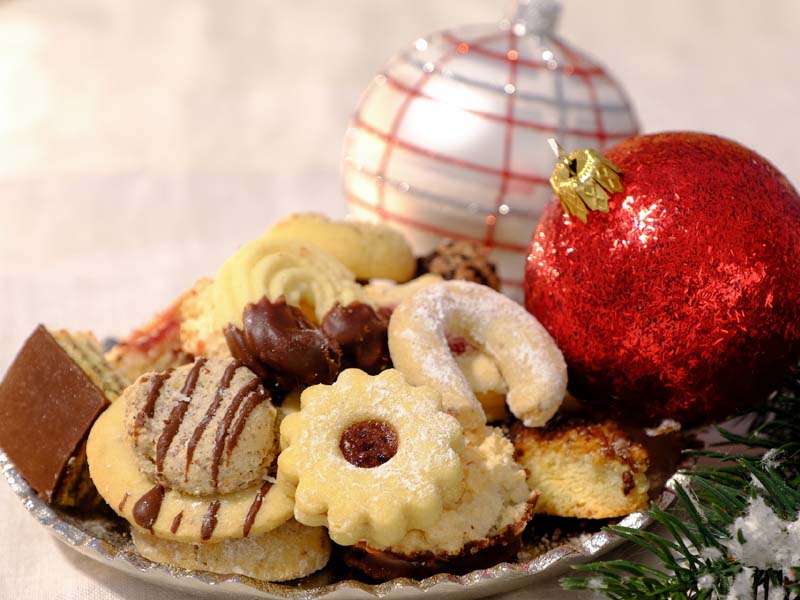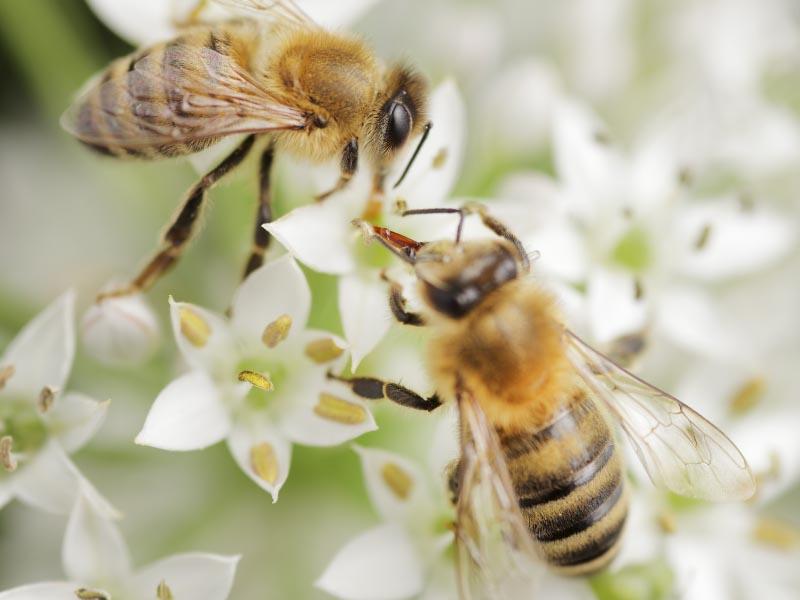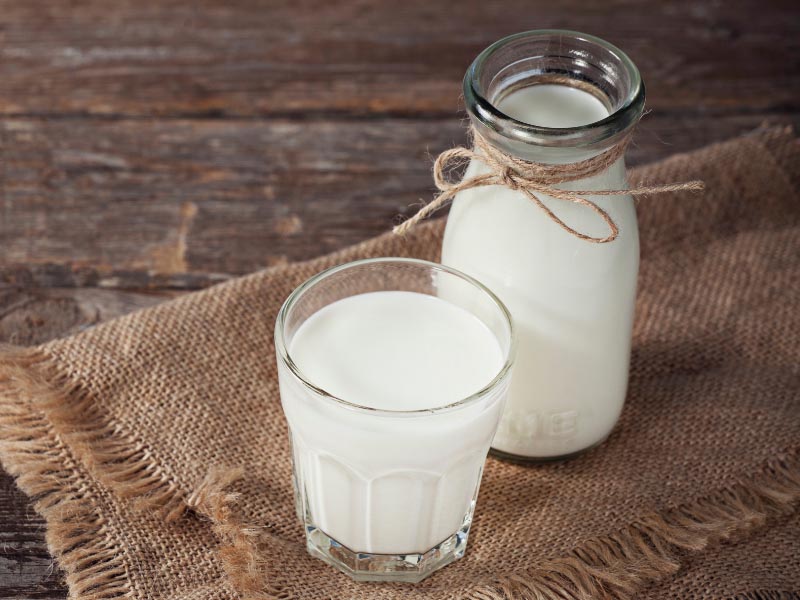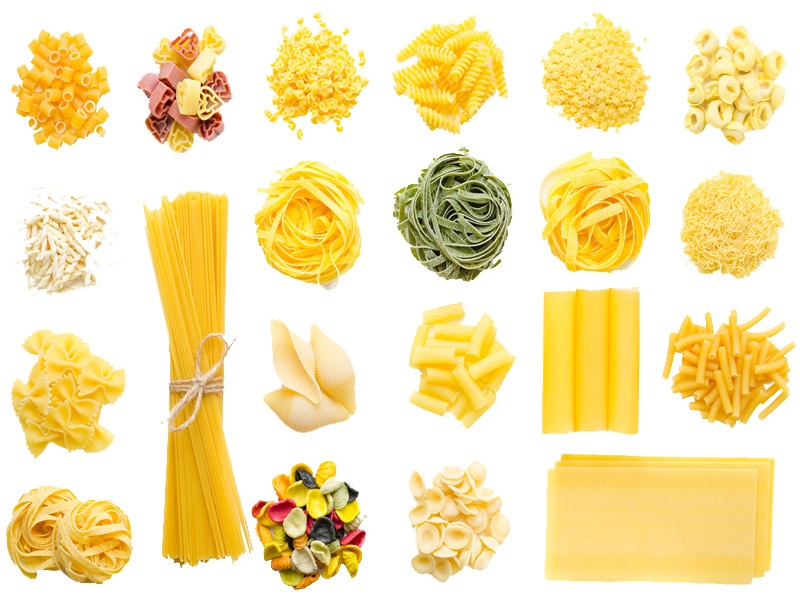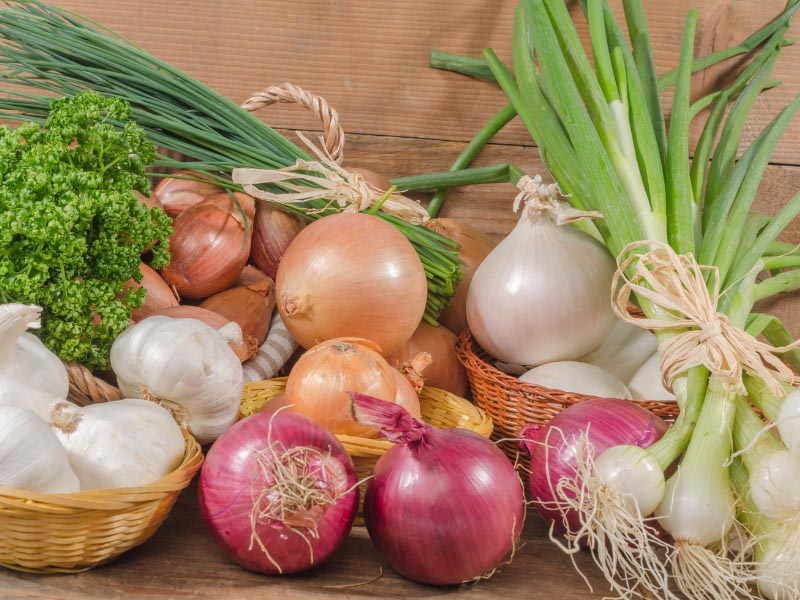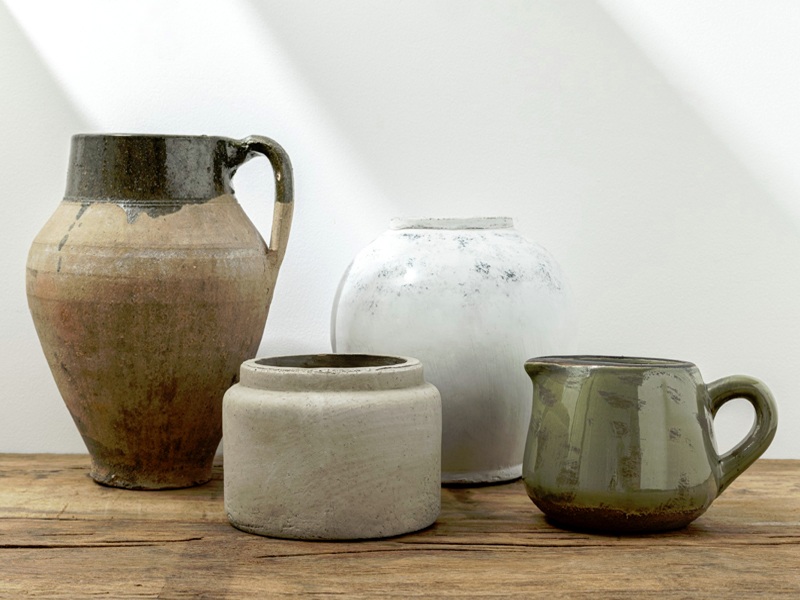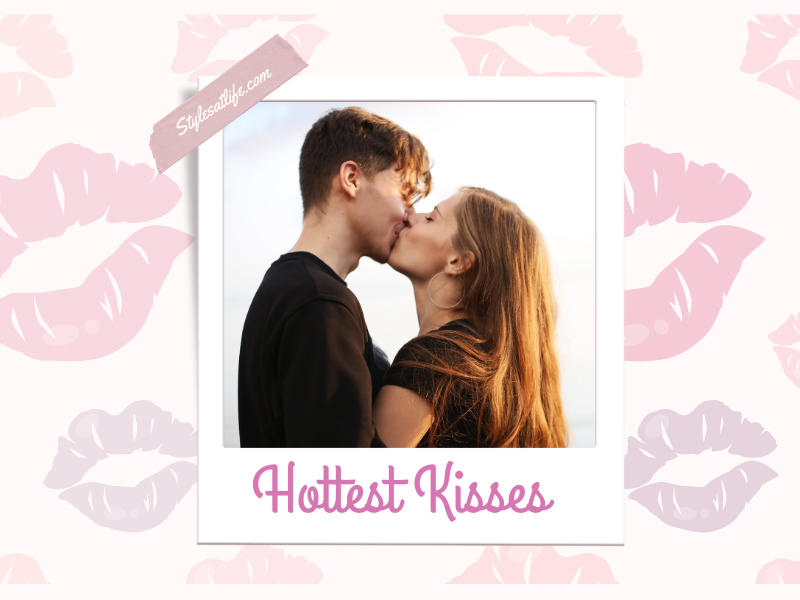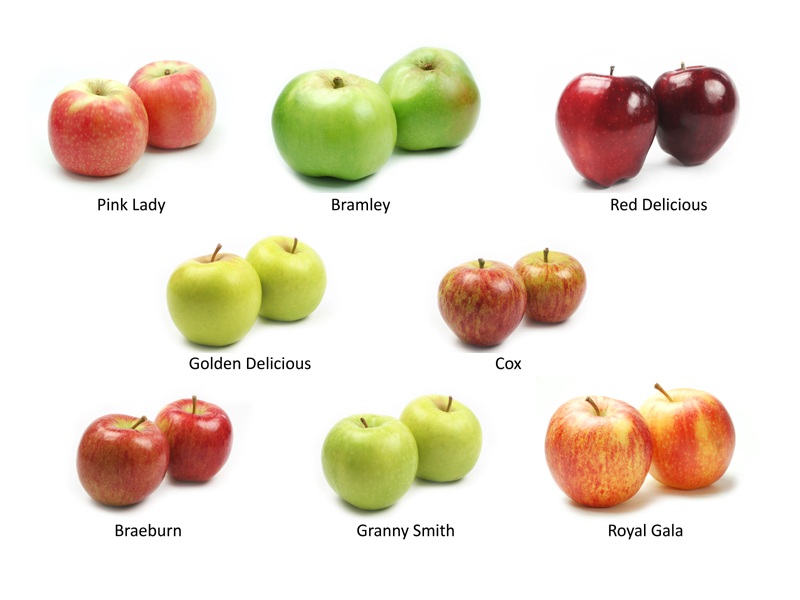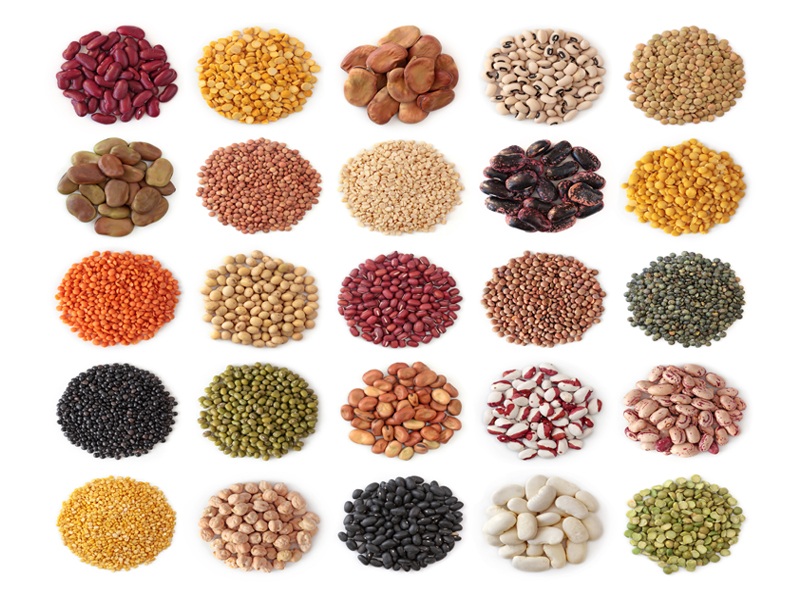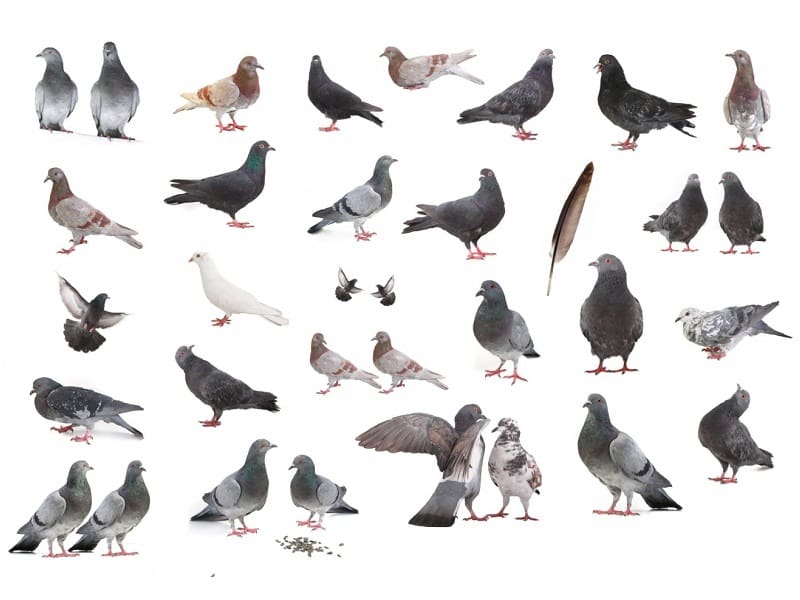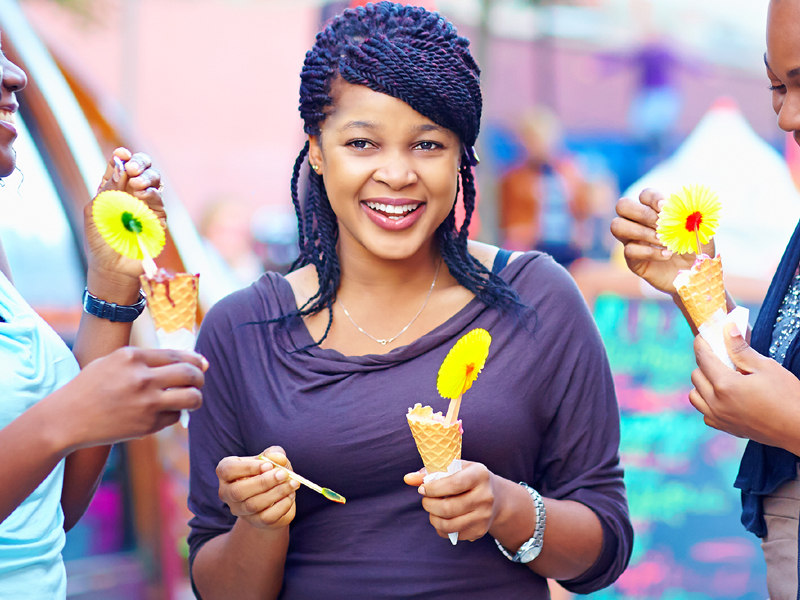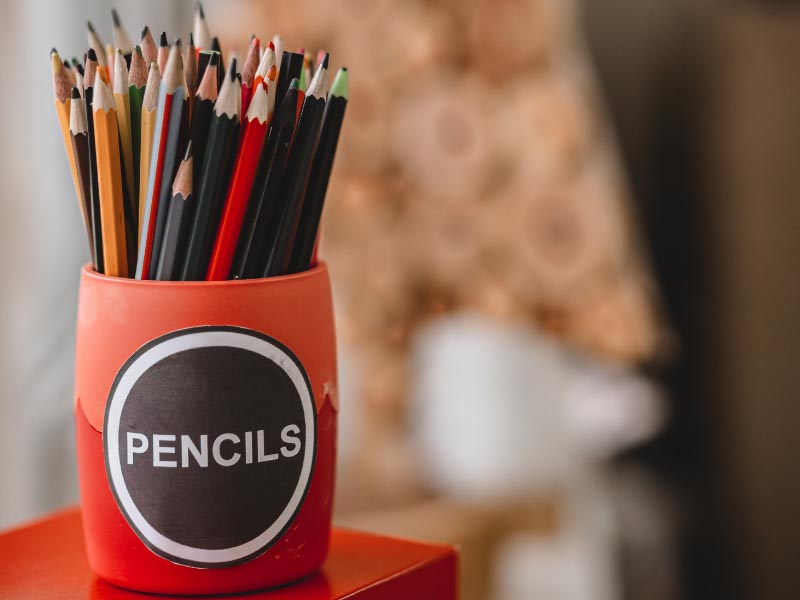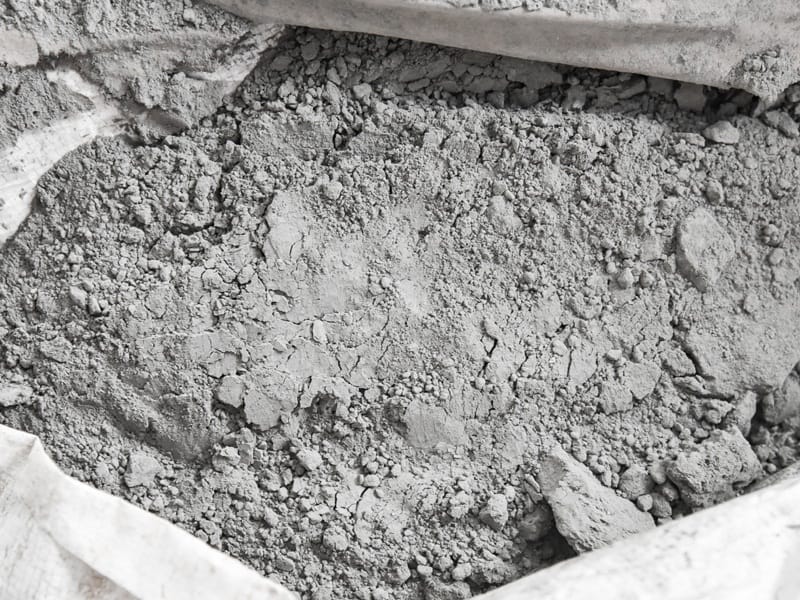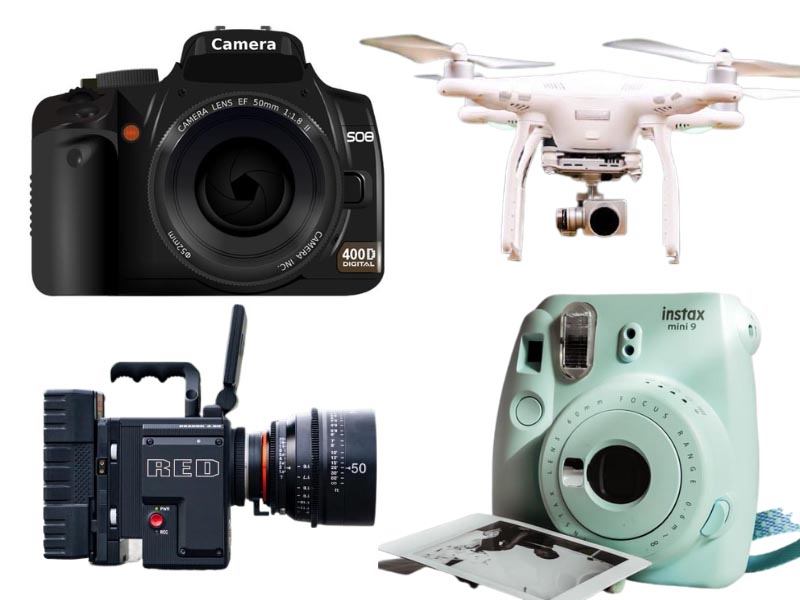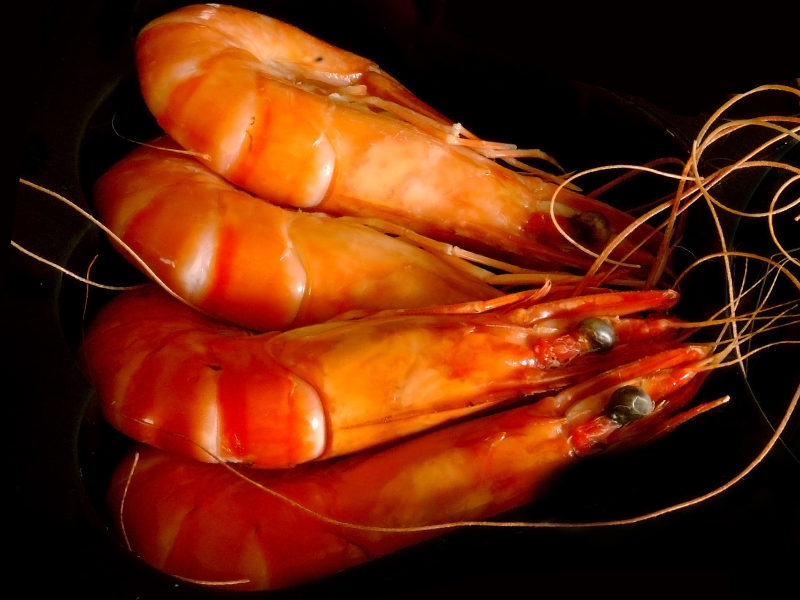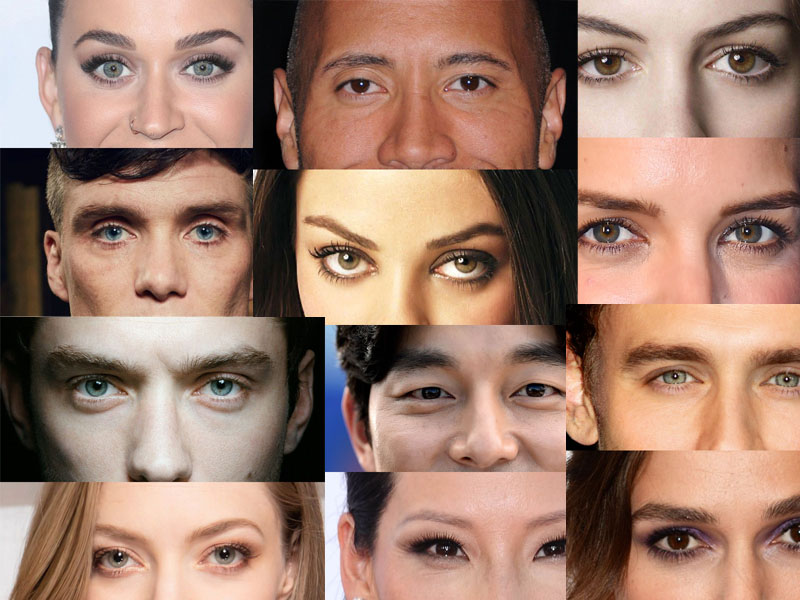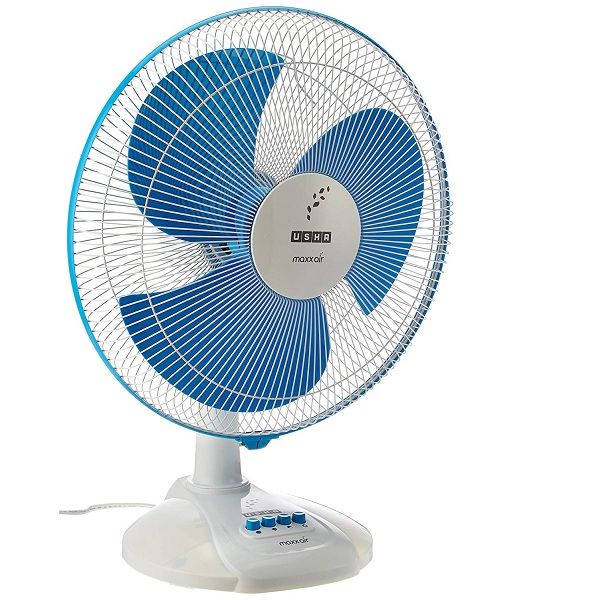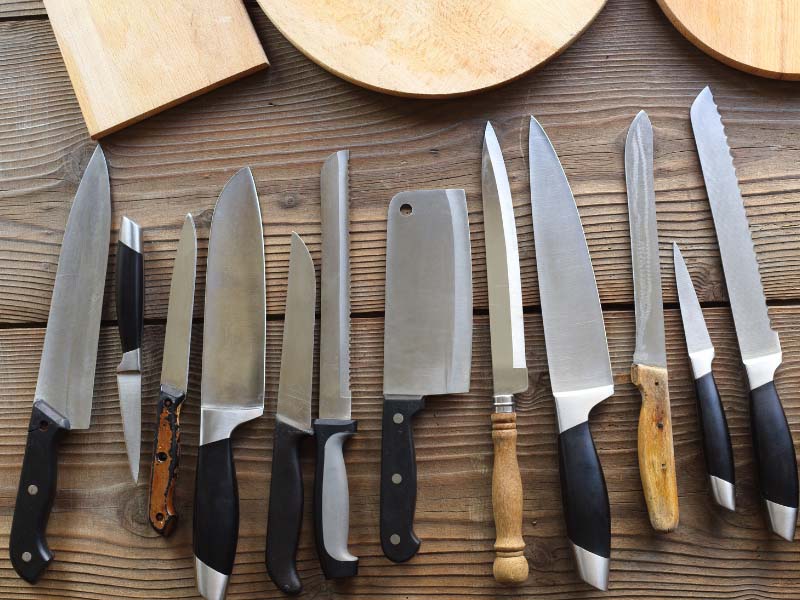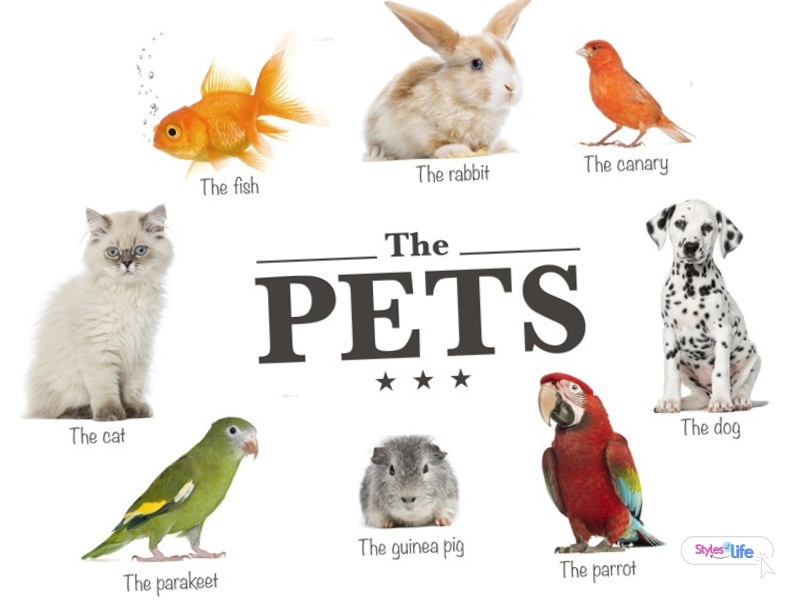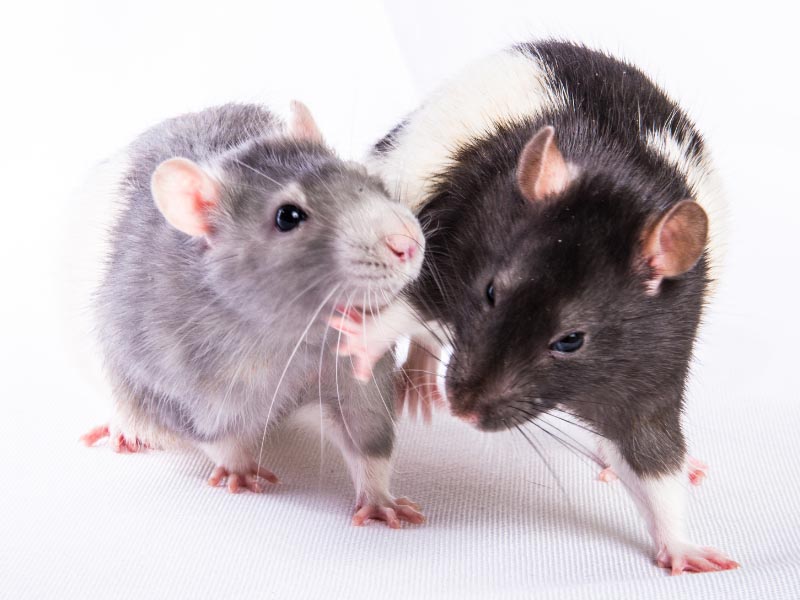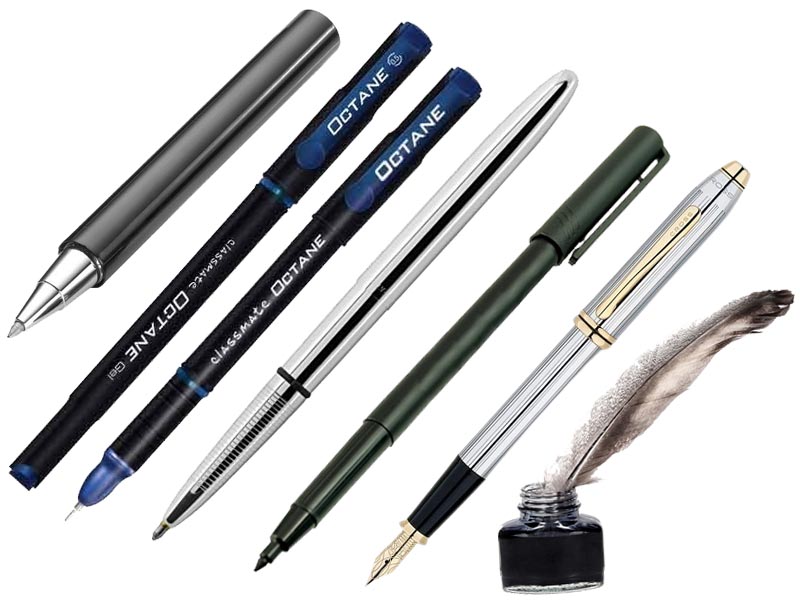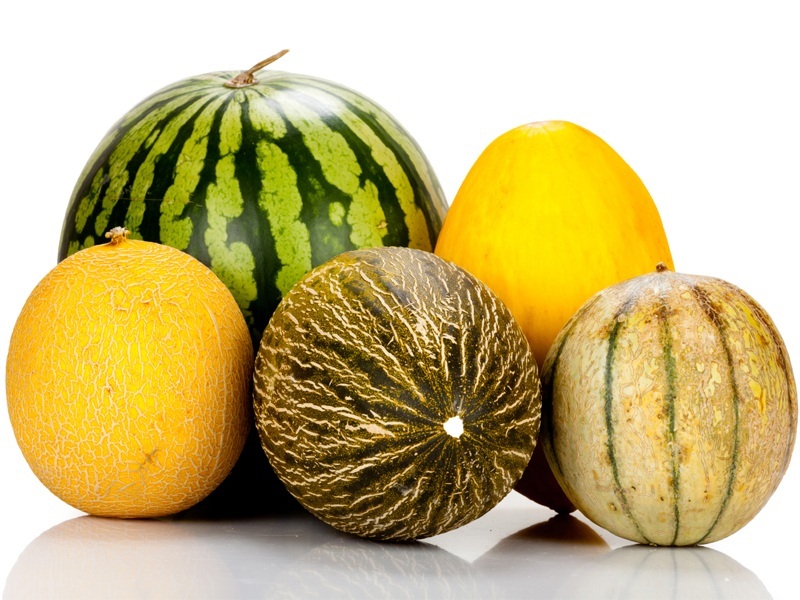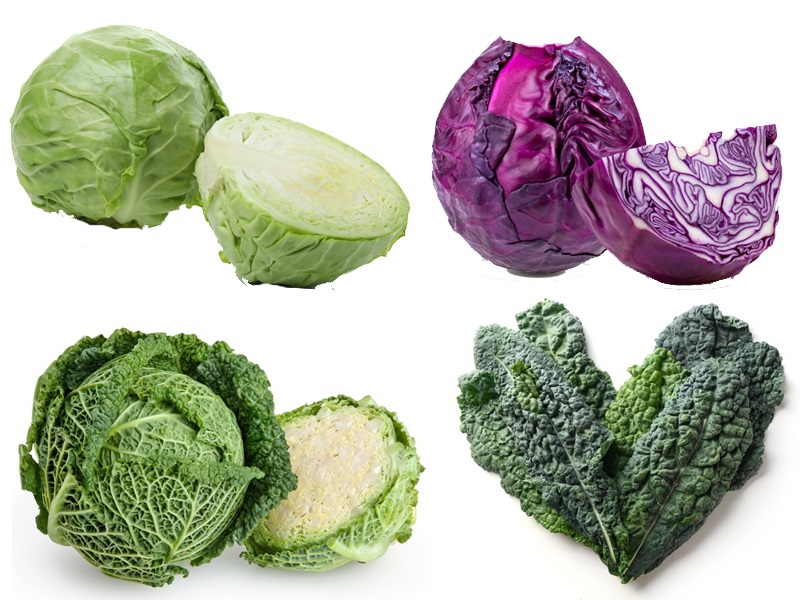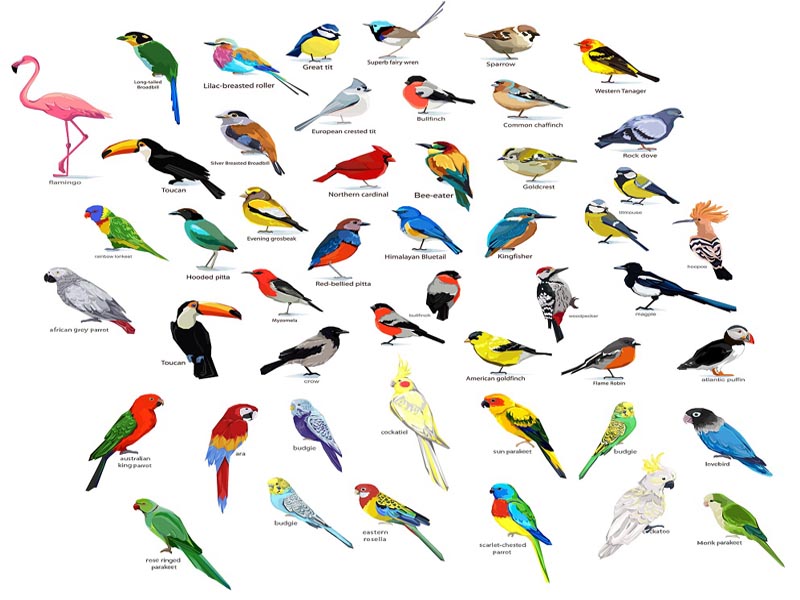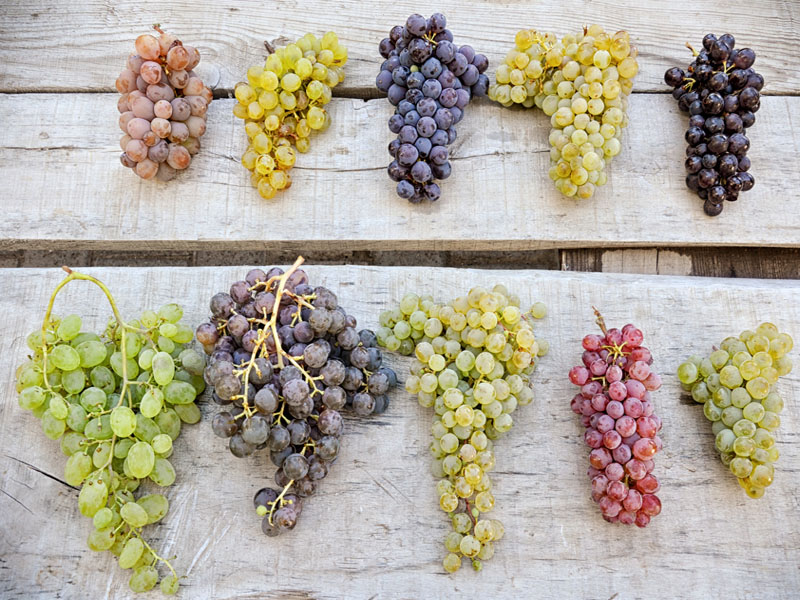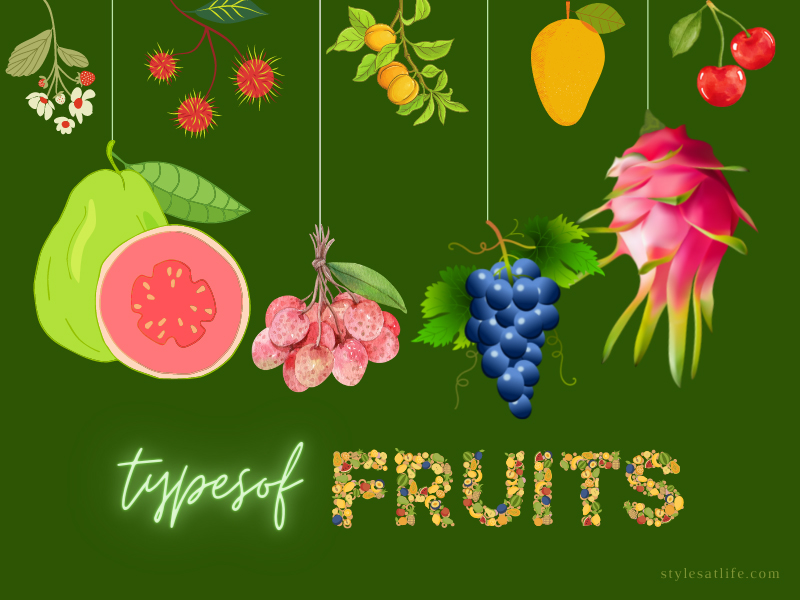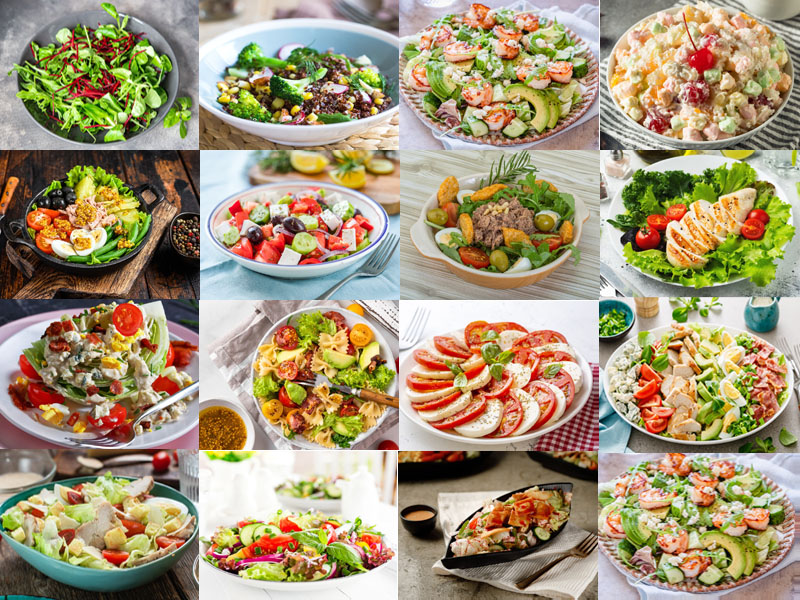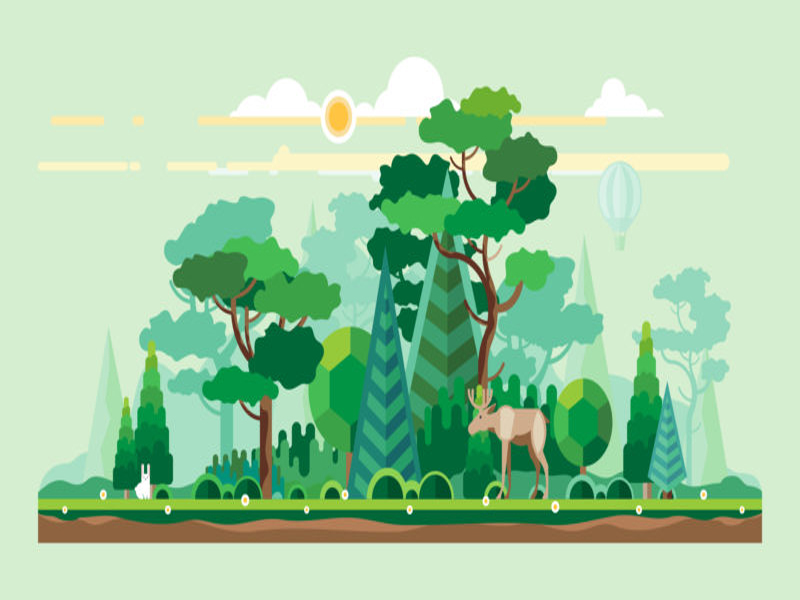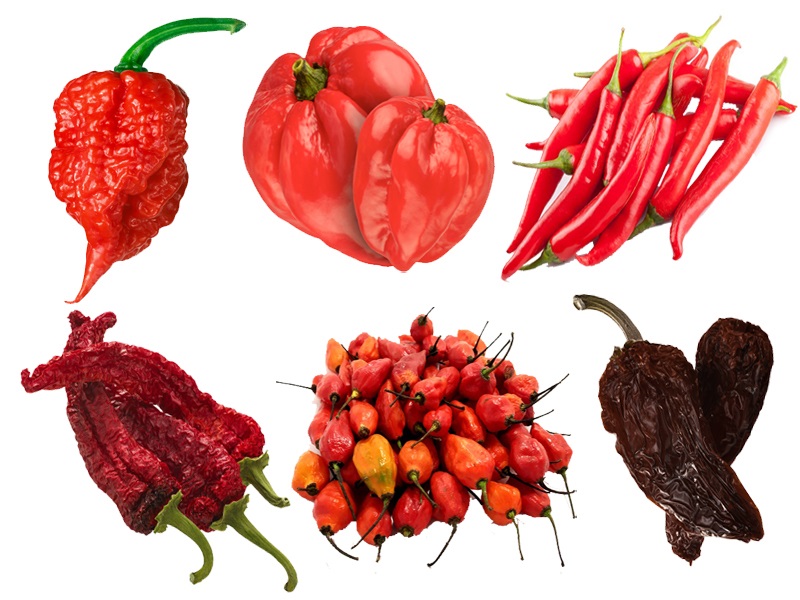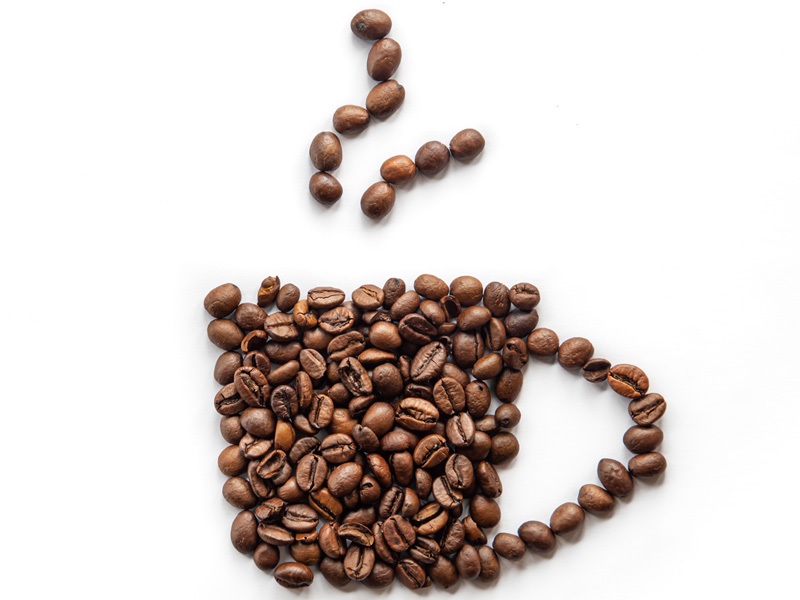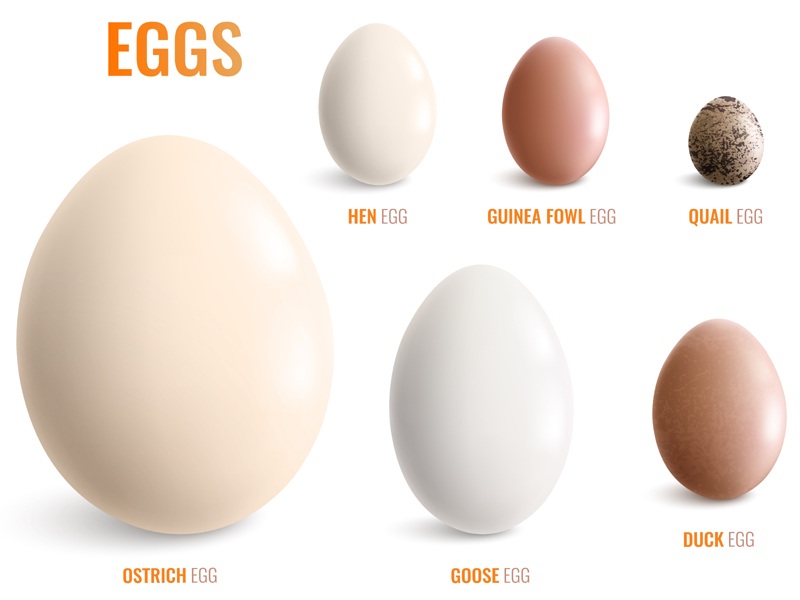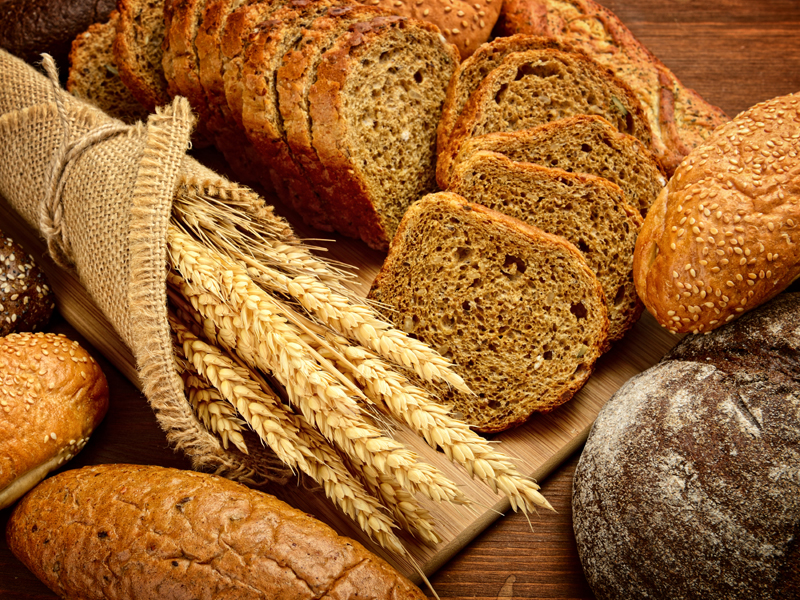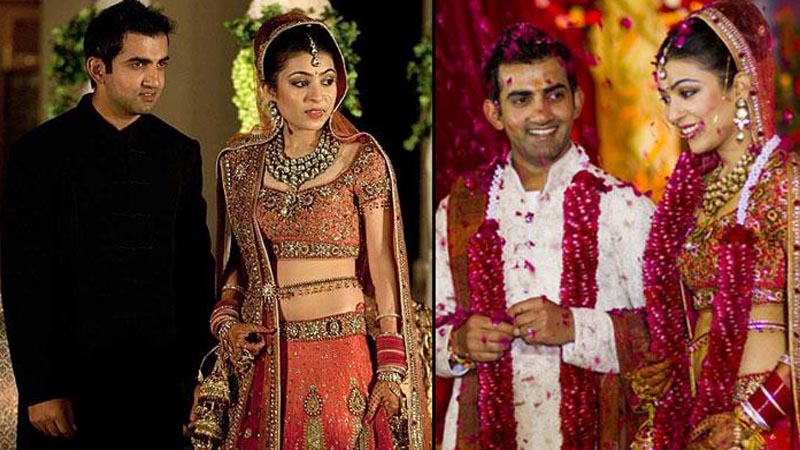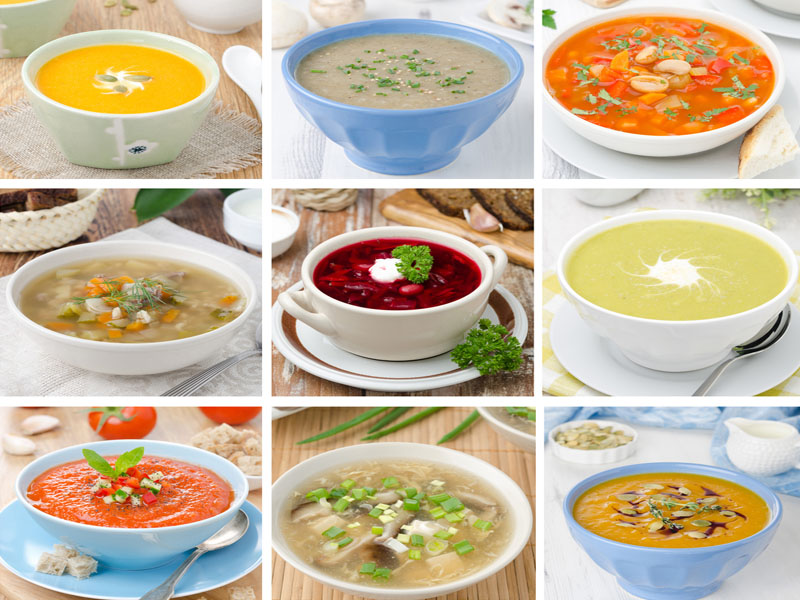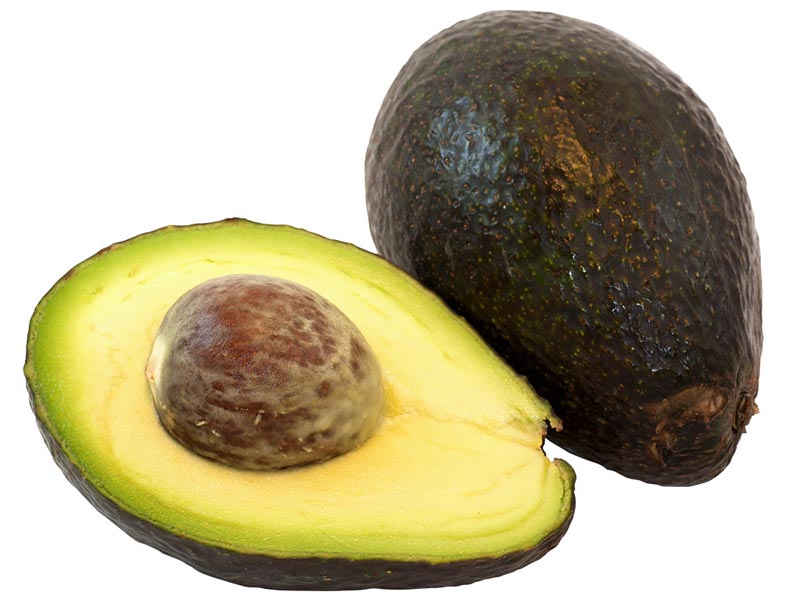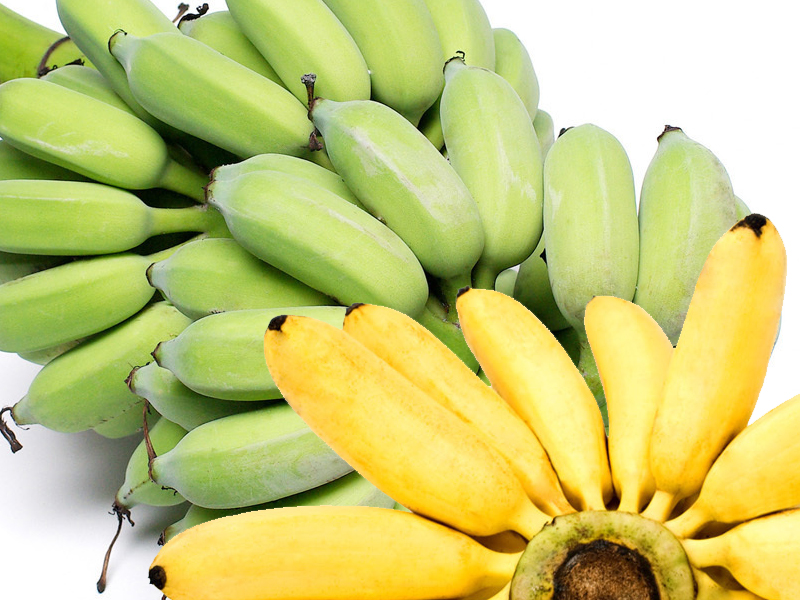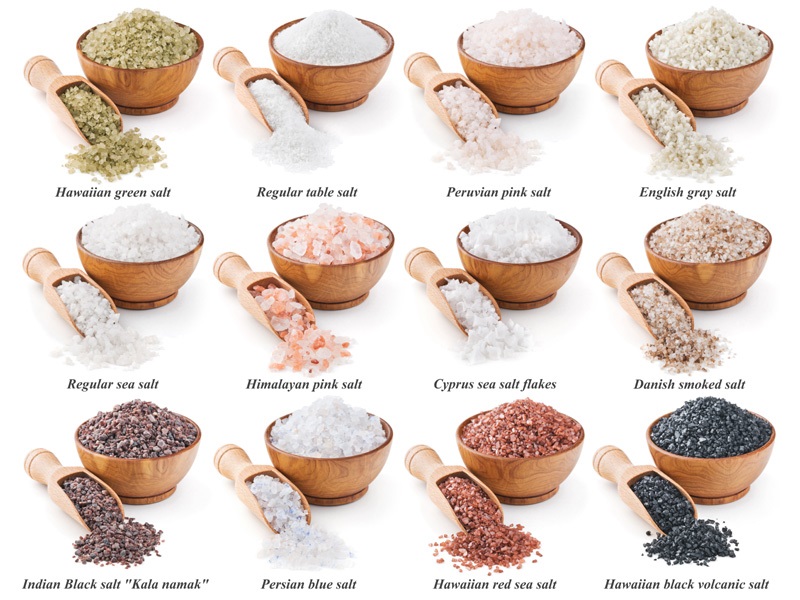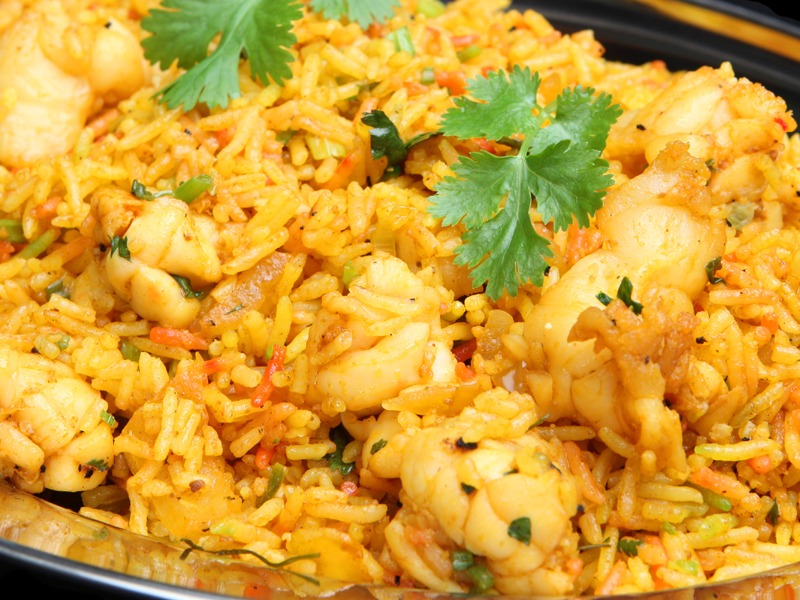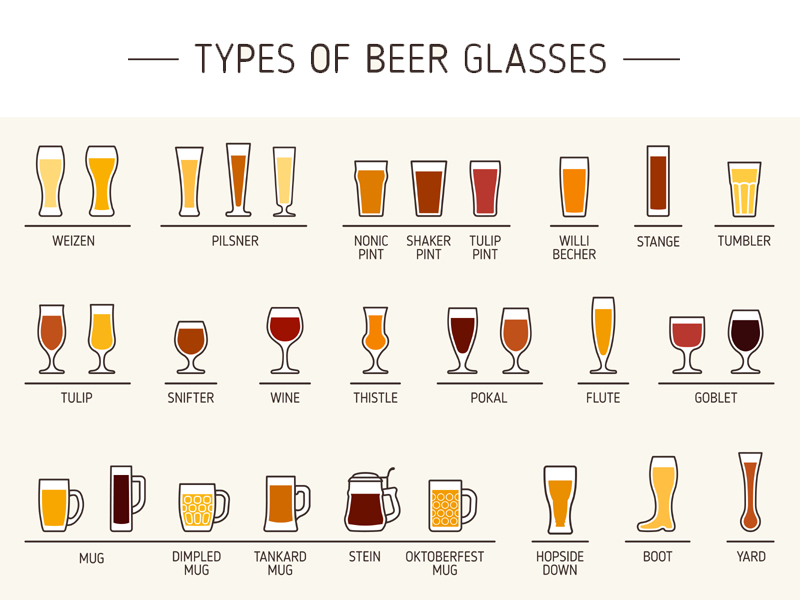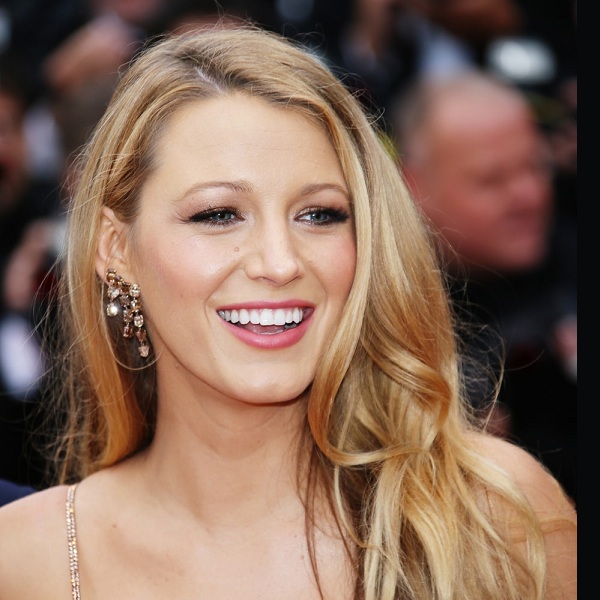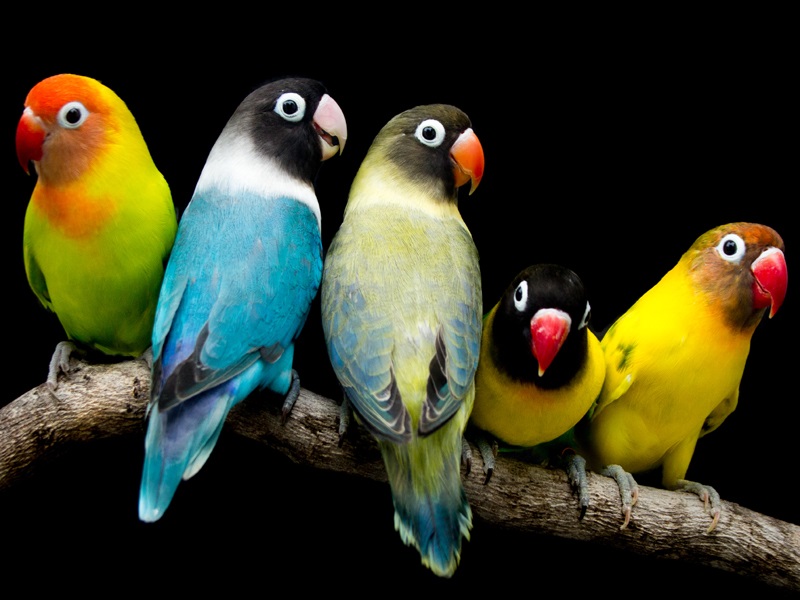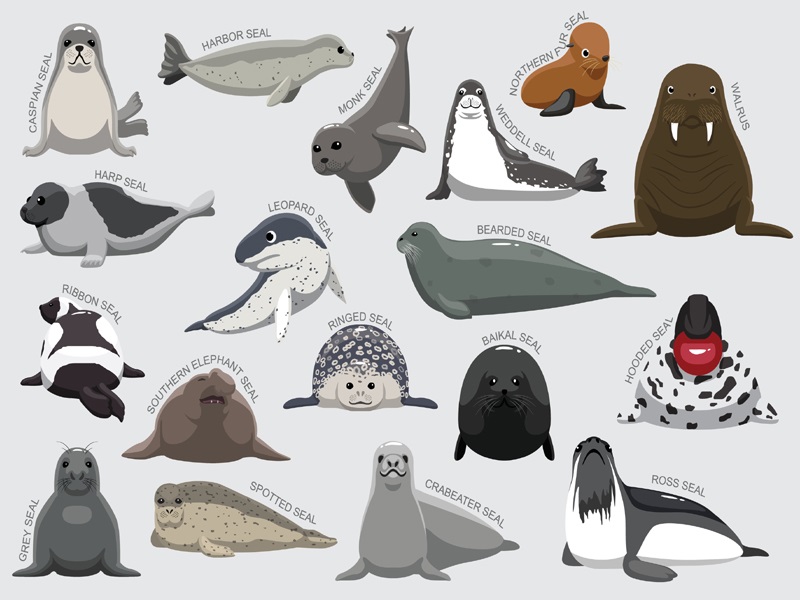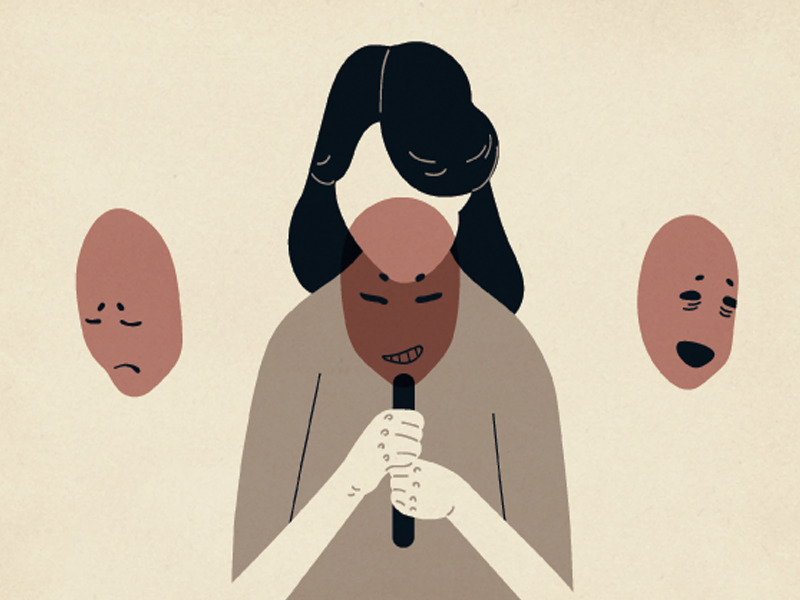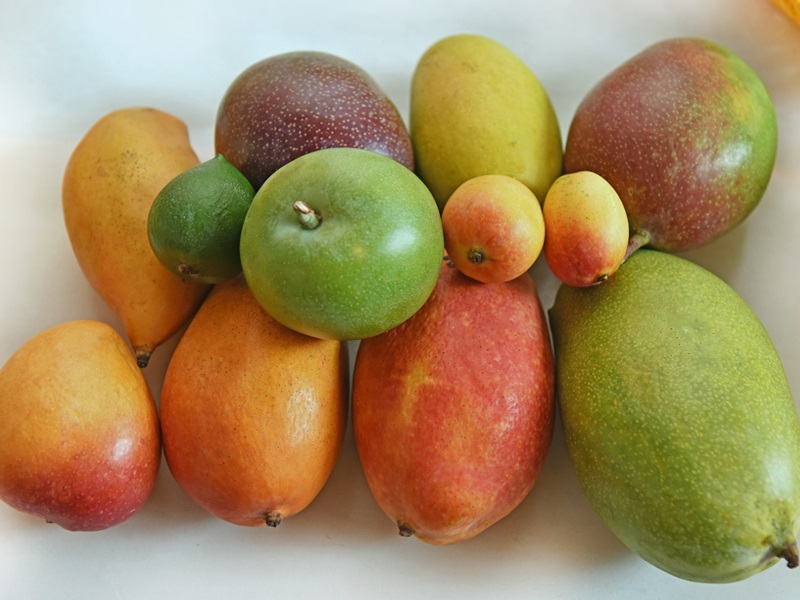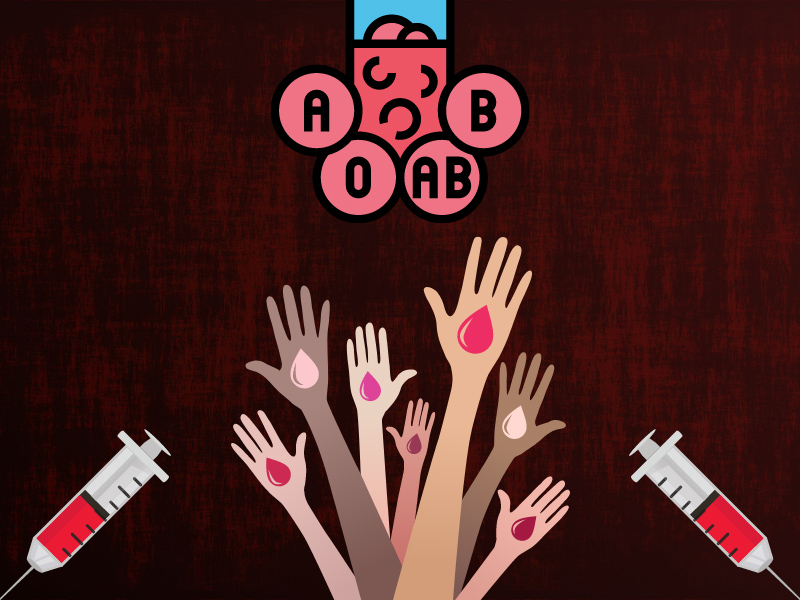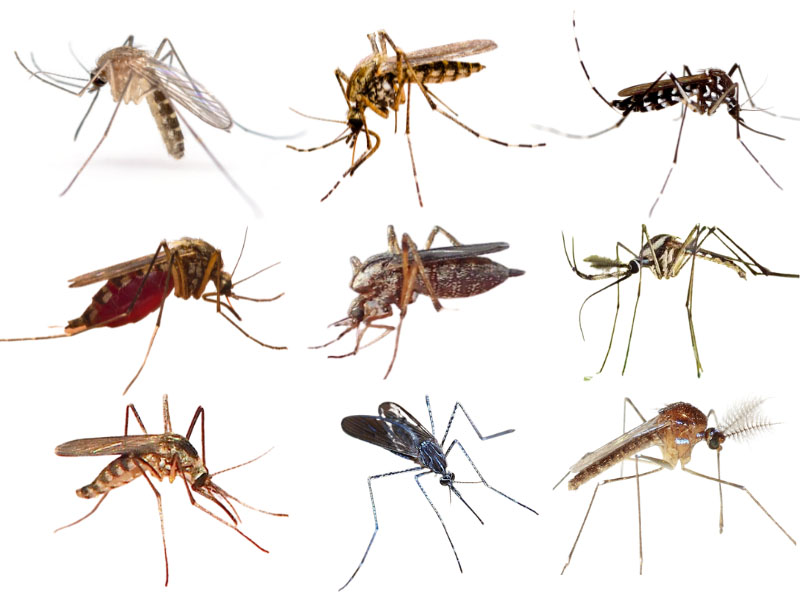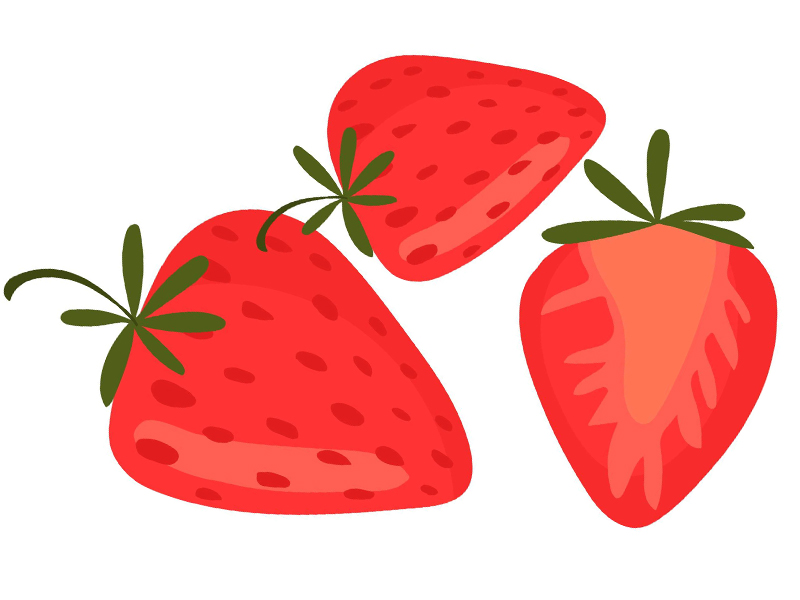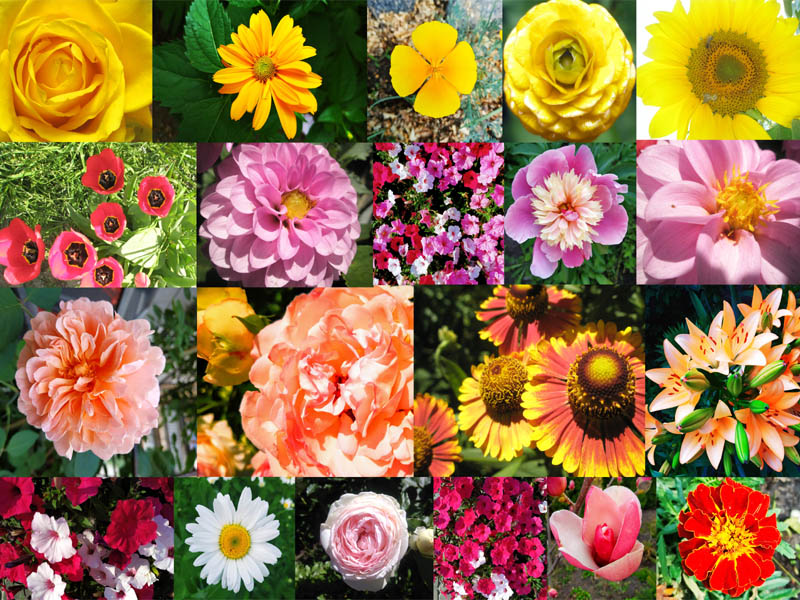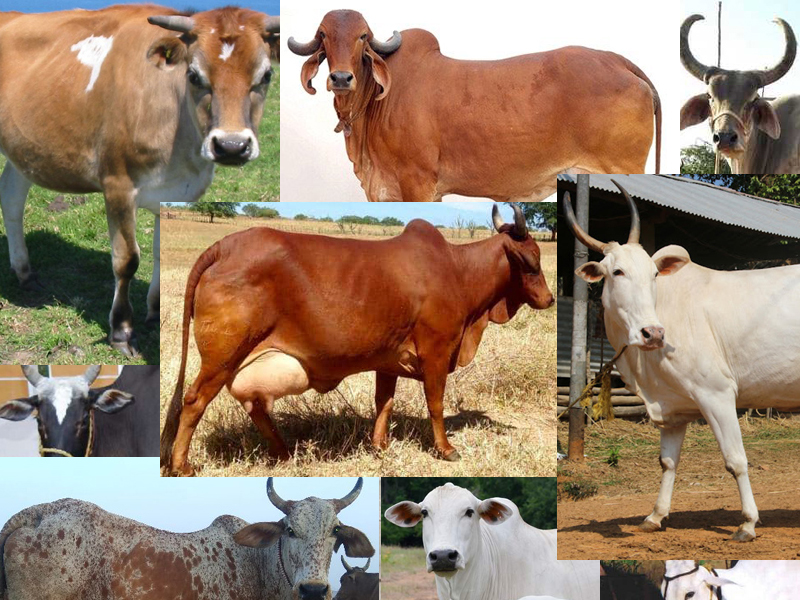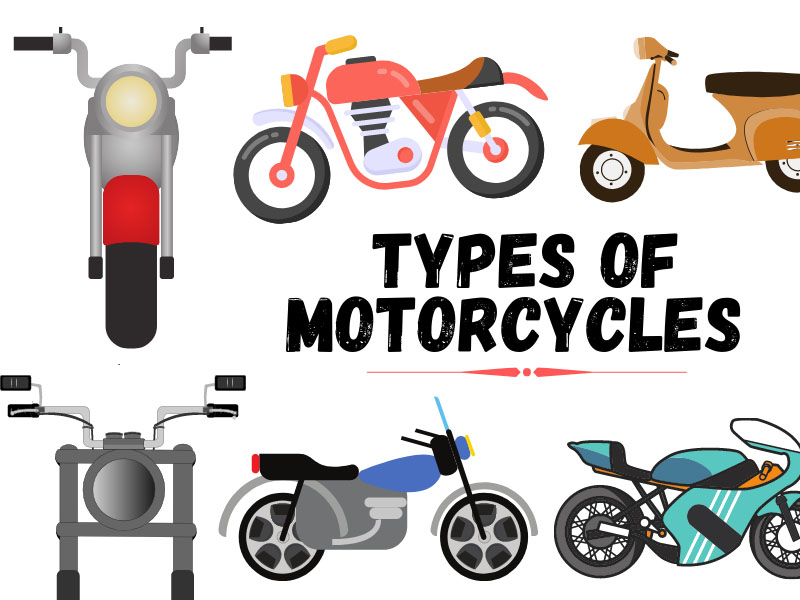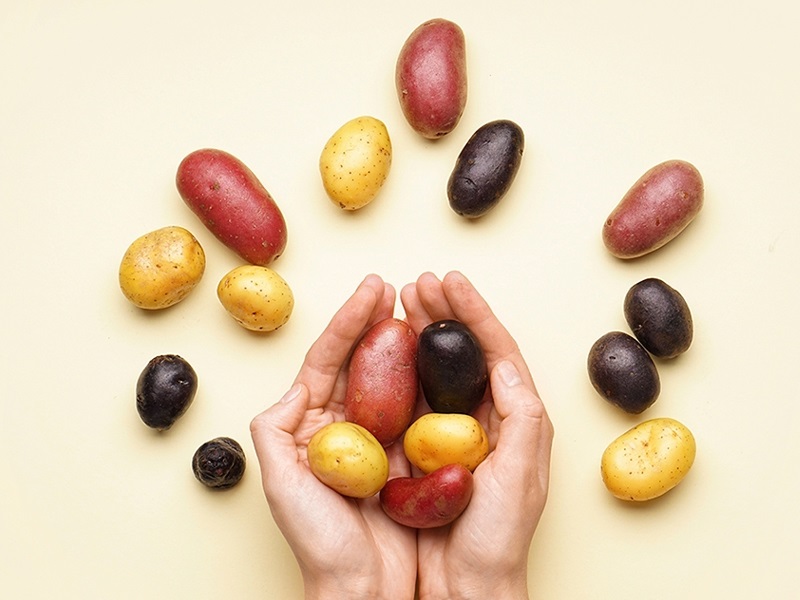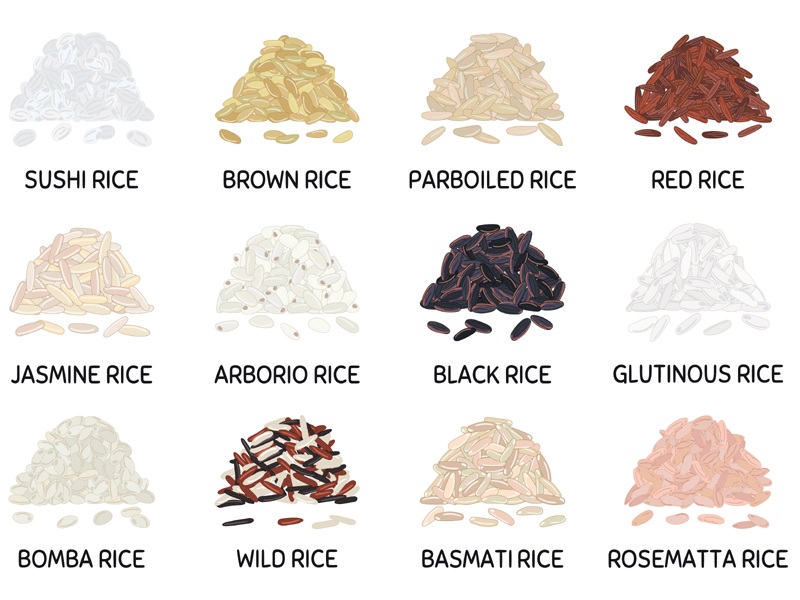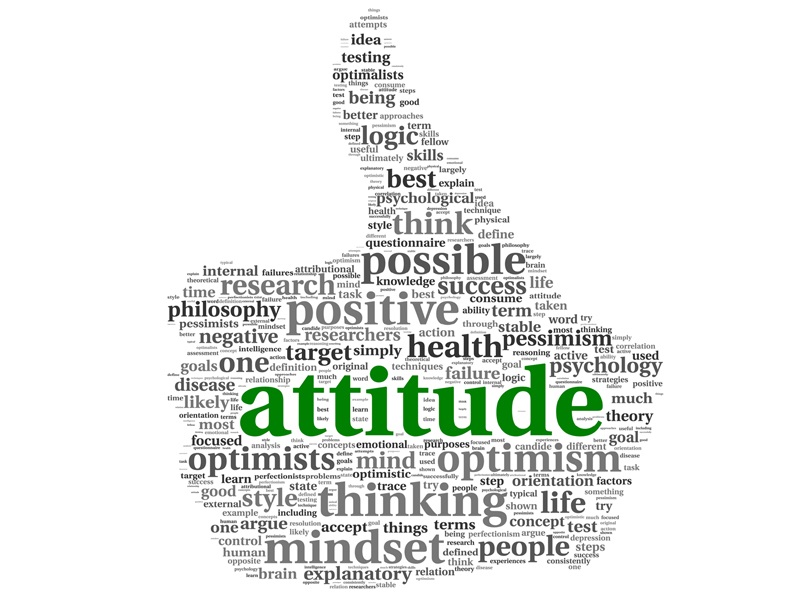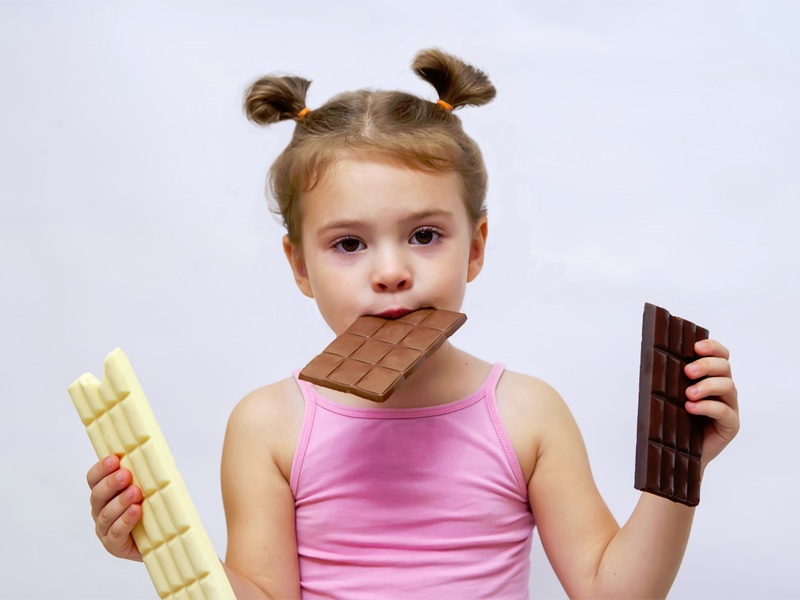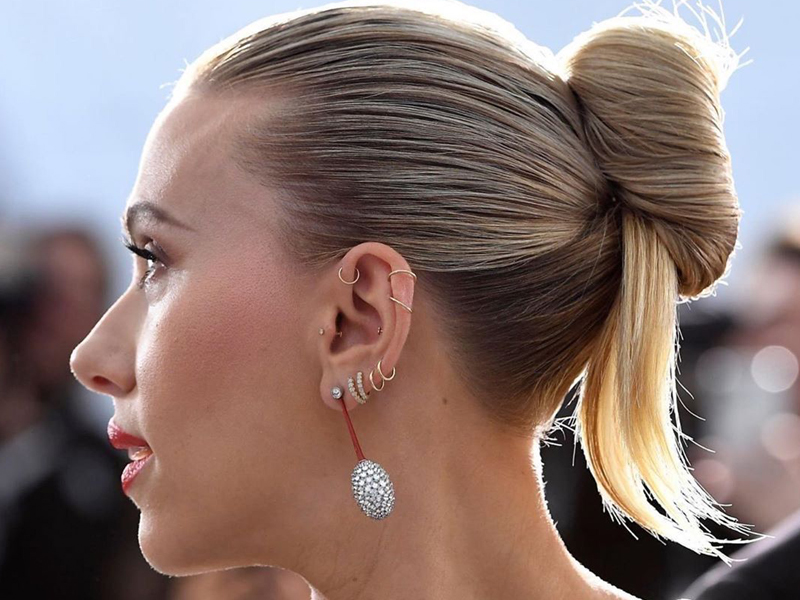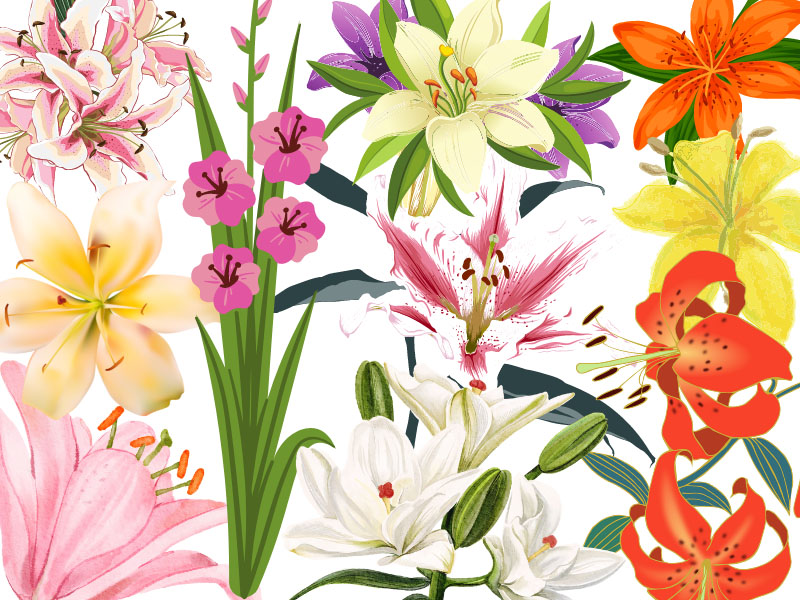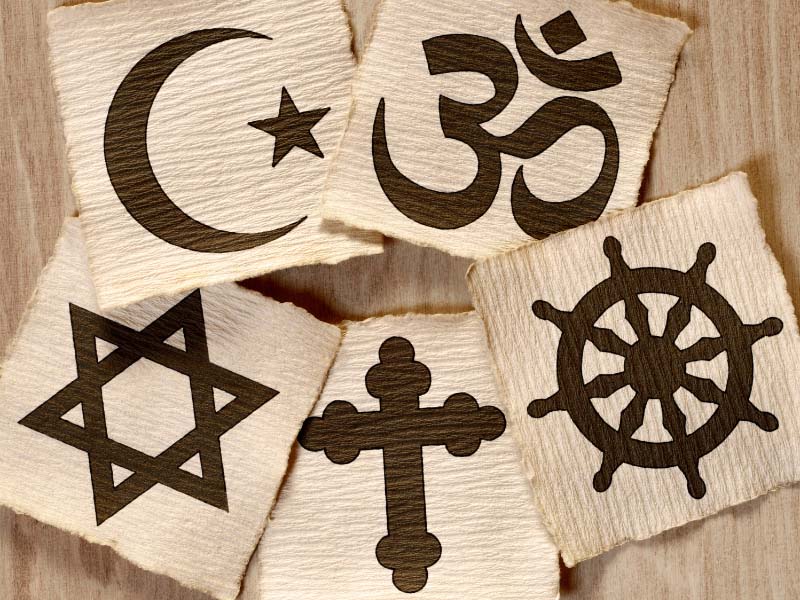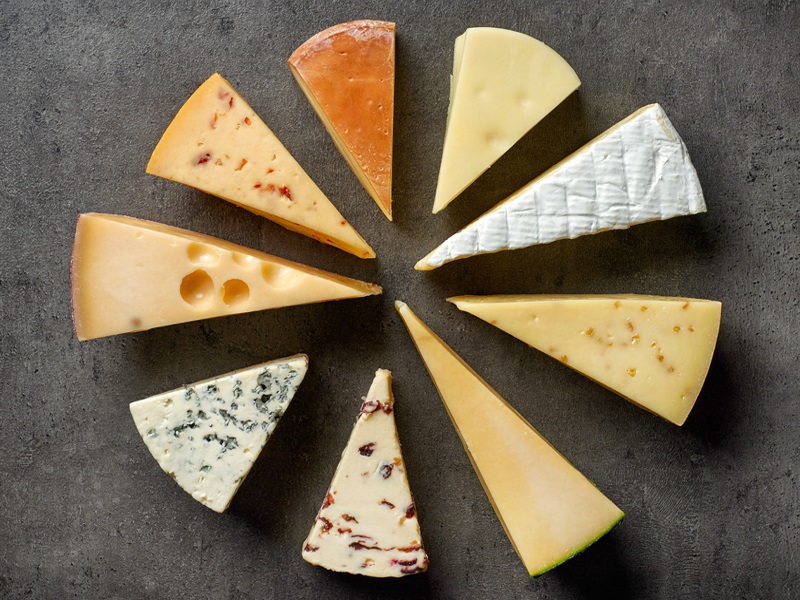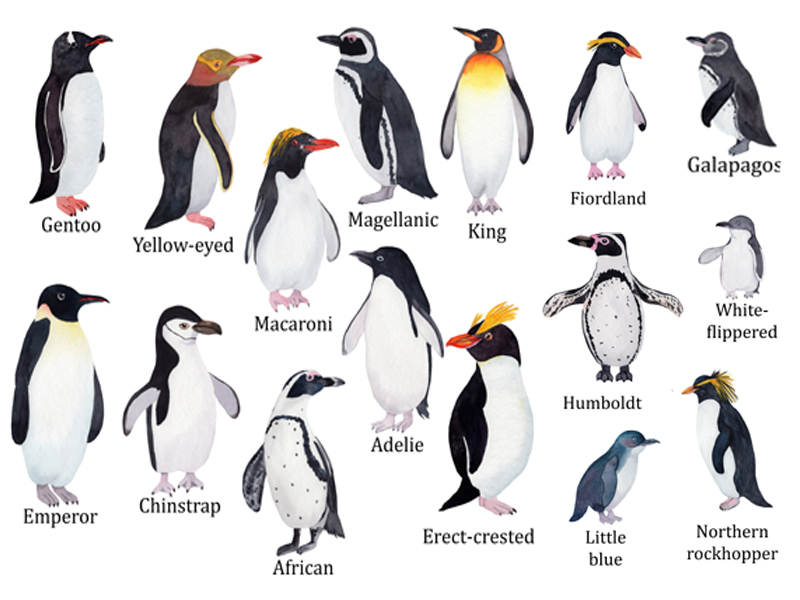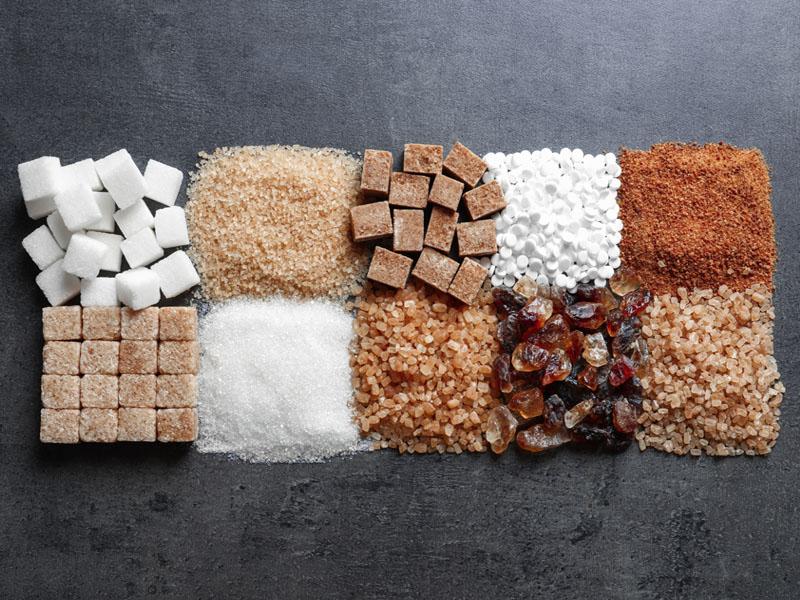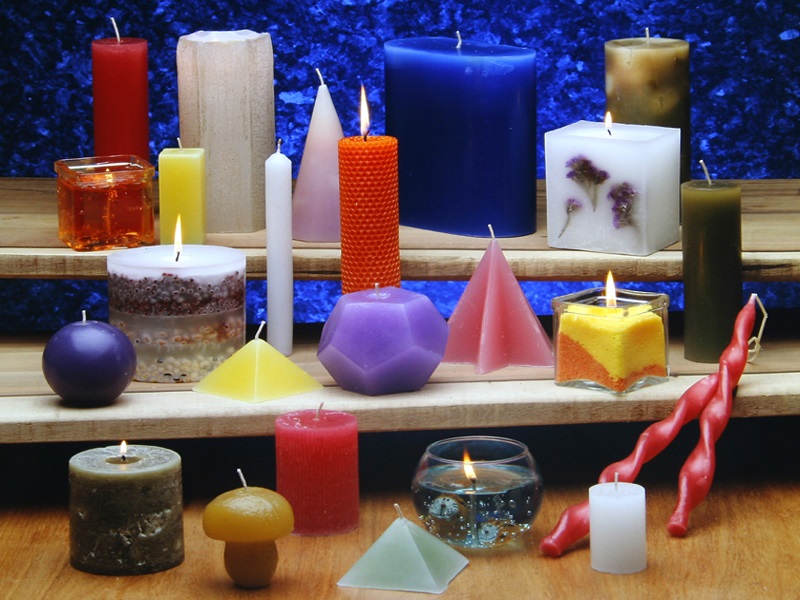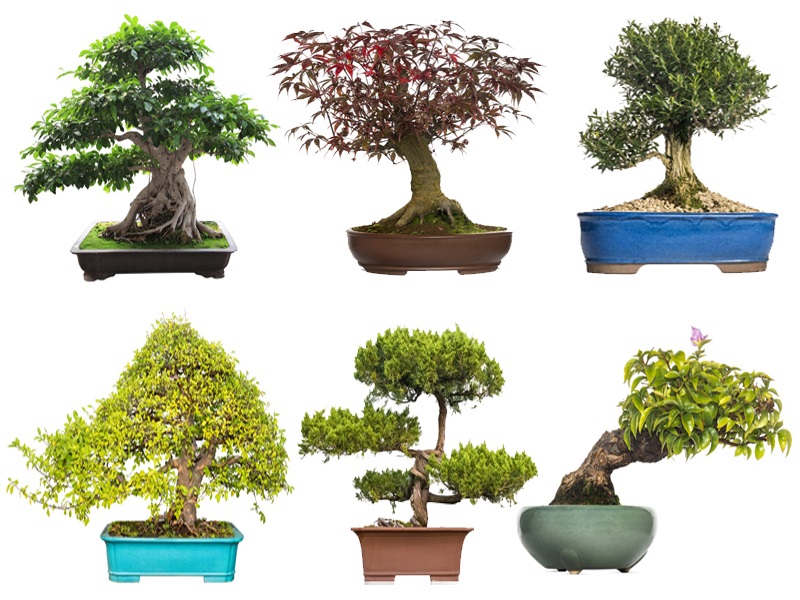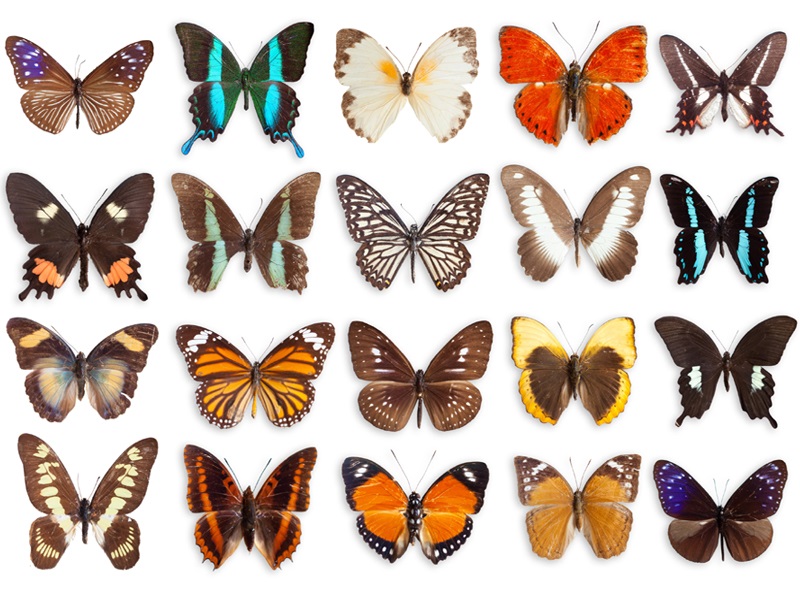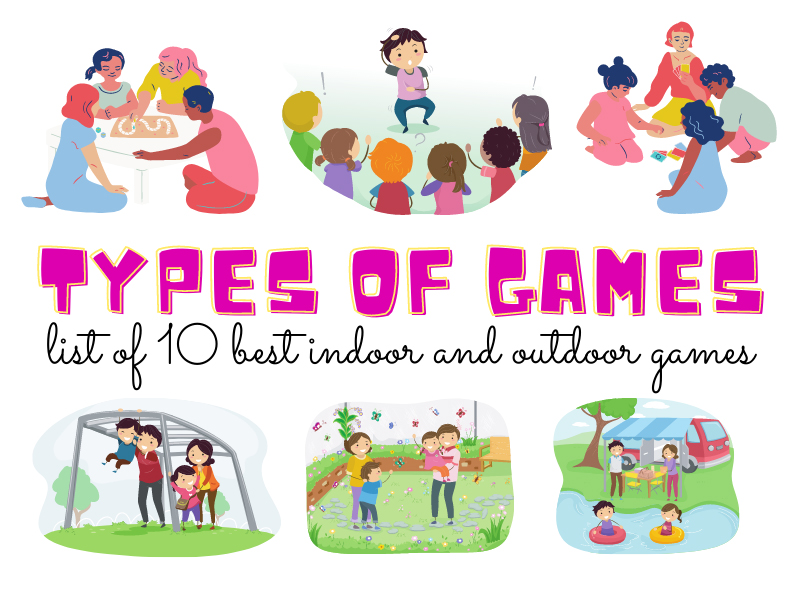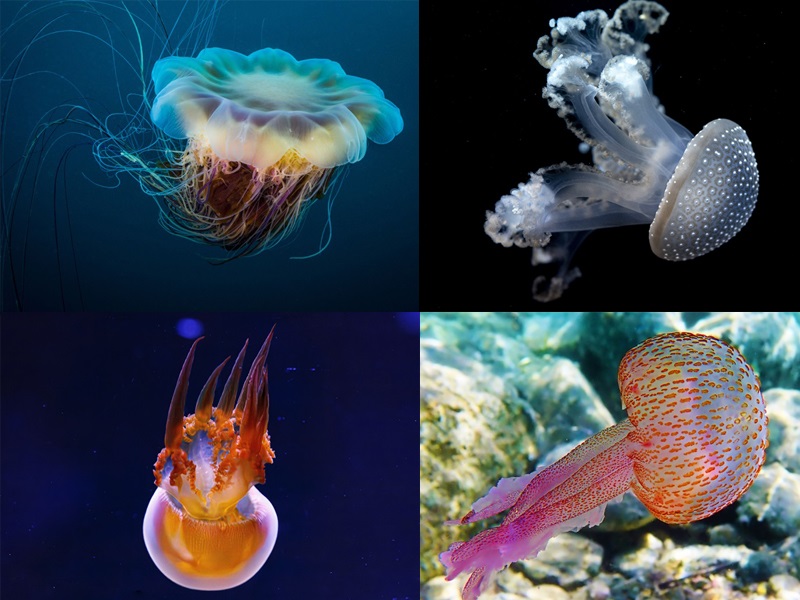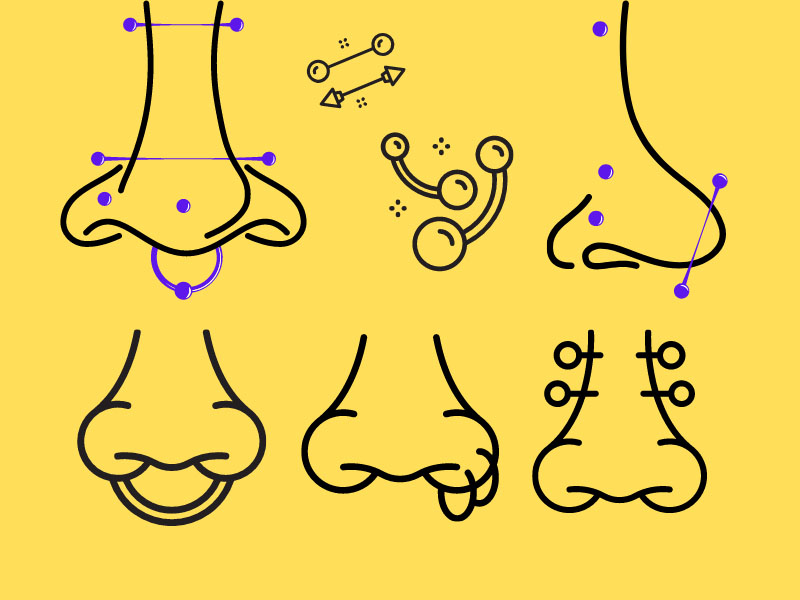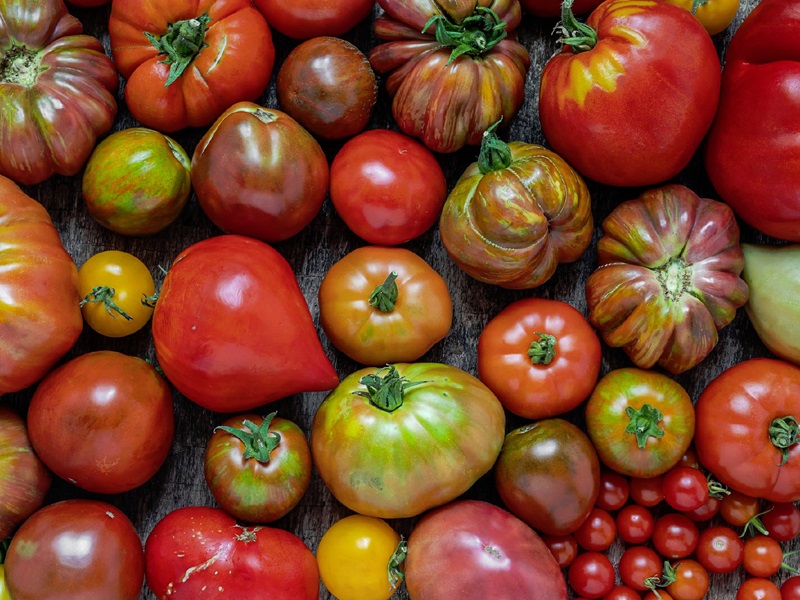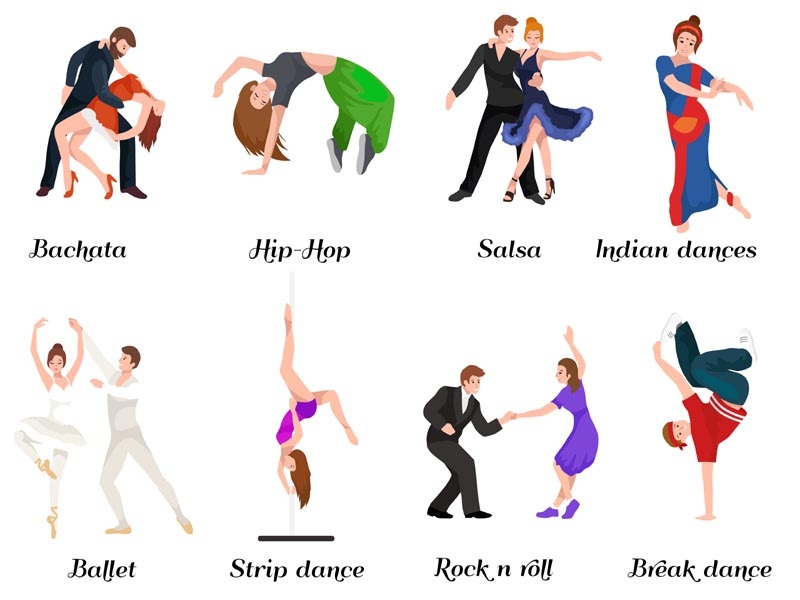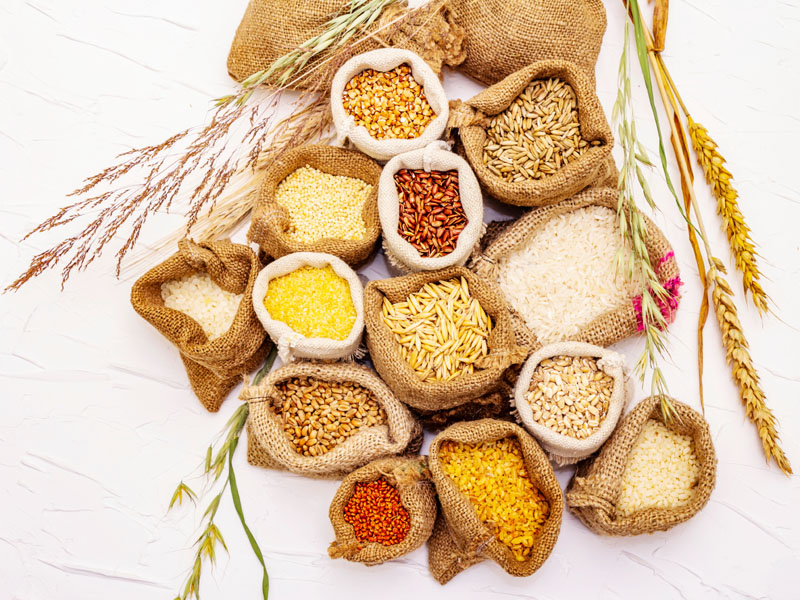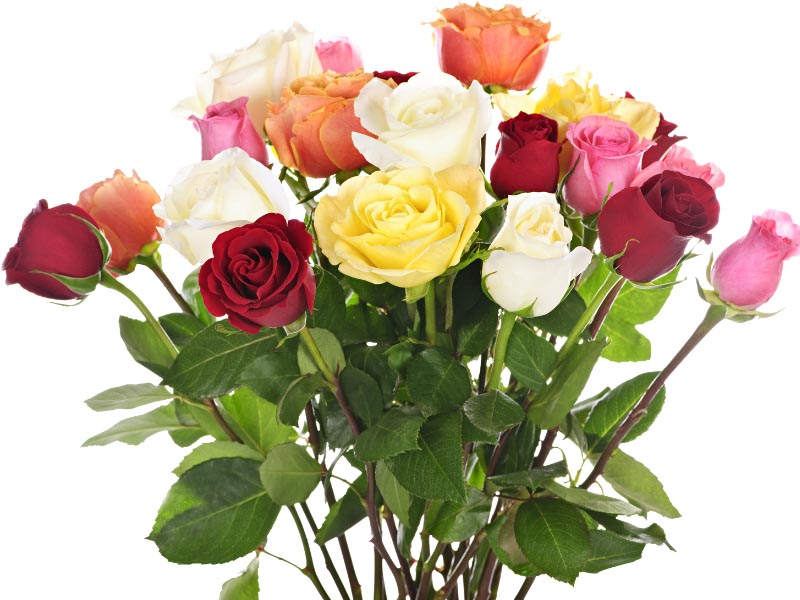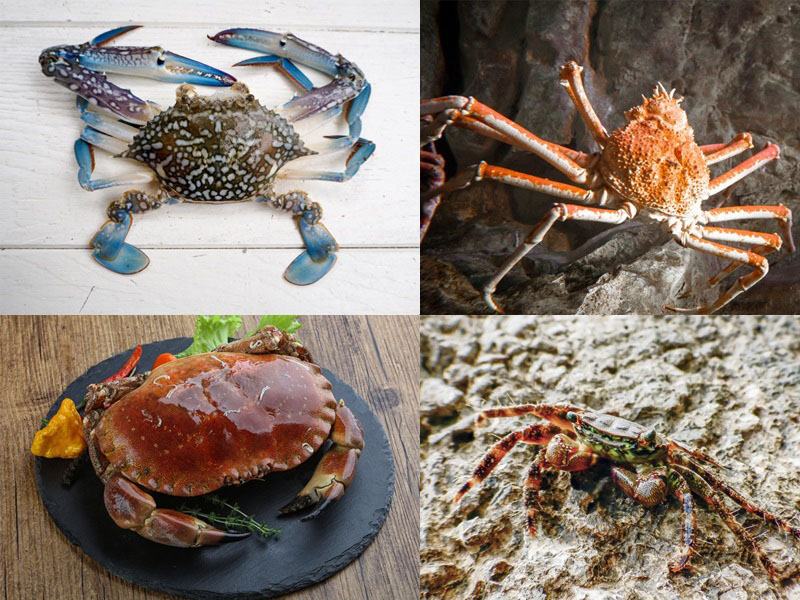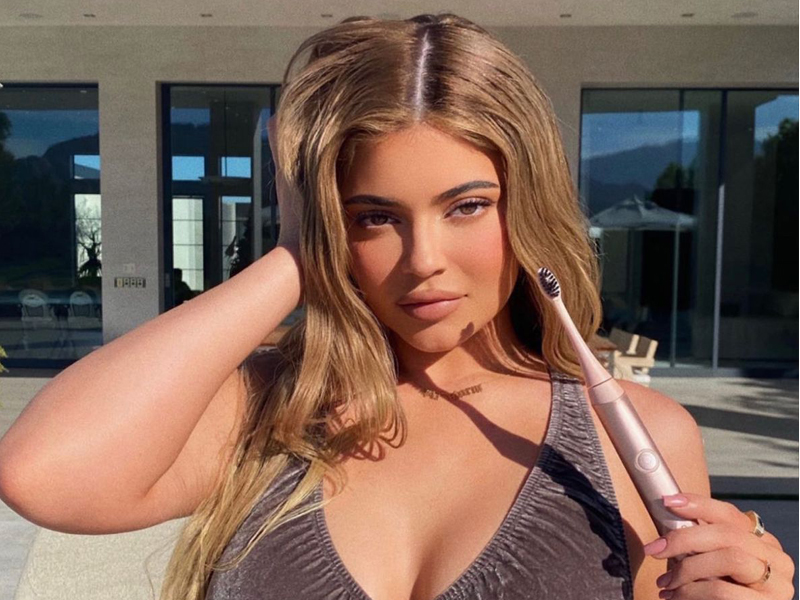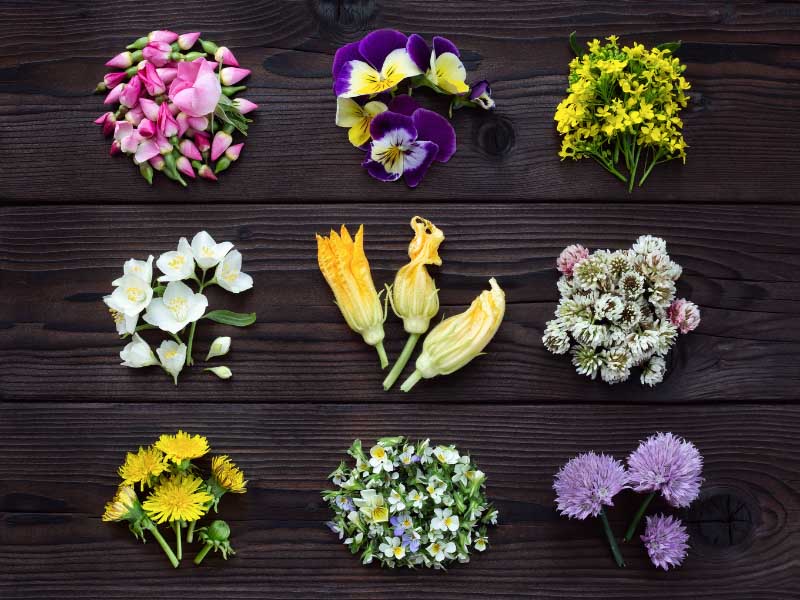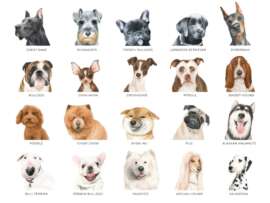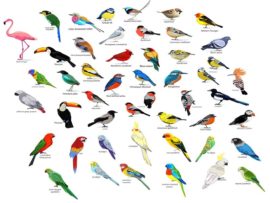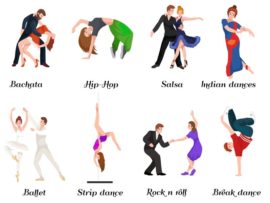A horse is a plant-eating domesticated mammal. It has a flowing mane and a tail. It is typically used for riding, racing, and in some parts of India, people still use it to carry the load. Horse racing is often taken seriously as a sport and thus is a widely pursued sport among, that runs on bets and high bidding prices. But have you ever wondered about the possible relationship between humans and horses? Well, the foremost thing that might strike us often is the social attitude. Horses are social and at the same time, family-oriented. The horse, in its herd, should maintain discipline and confidence to be a part of that herd.
The survival of the horse is based on the relationship that it shares with the other members of the herd. In short, a family that plays together stays together. How much are we different from them? The family as a unit plays a crucial role for both the horse and for the humans. Like us, what we sometimes refuse to convey through language, we somehow express through our body language. Horses do the same. They converse a lot through their body language. Listening intently to them via their body language is extremely important and is also our sign of respect to them.
Horse Facts for Beginners:
Aren’t they much like us humans? Well, then here are some more surprising facts about horses you probably didn’t know.
- The fastest recorded sprinting speed of a horse was 88 kph (55 mph). However, most of them gallop at around 44 kph or 27 mph. Is this what we call horsepower?
- The size of a brain of an adult horse weighs about half of that of a human, around 22 oz.
- Horses are known to reject anything sour or bitter when given to them. They like sweet food better.
- They are known to produce about 10 gallons of saliva per day.
- Did you know that they drink about 25 gallons of water a day? We can only imagine how much it will drink on a hot summer day!
- They are social animals and tend to get lonely when left unattended. They also mourn the passing away of their companion.
- Have you ever laughed at a horse when it looks at you or just made fun of it when it stares at you? Well, if you have, too bad of you to do that! The memory of a horse is pretty strong and can save things for a very long period. So, if you have laughed at it and made fun, it is probably going to remember you. On the other hand, if you were good friends with it, it will instantly unite with you.
- Baby horses are known to walk within a few hours from their birth. Blessing? Probably not!
- Ever seen a horse laugh? Well, then, it wasn’t laughing. It is a movement made by them to smell better.
- They have a huge set of teeth and the space occupied by them is larger than that of the space occupied by their brain!
Types of Horses(Ghoda) Shortlisted:
Horses can be classified into different types based on various criteria. Here are a few examples of different classifications based on specific criteria:
A. Breed: There are many different horse breeds recognized around the world, such as Arabian, Thoroughbred, Quarter Horse, and more.
B. Size: Horses can be classified as light, heavy, or pony breeds, based on their height and weight. Light horses are typically around 14-17 hands (56-68 inches) tall, heavy horses can be over 17 hands tall and weigh over 1,500 pounds, and ponies are generally under 14.2 hands tall.
C. Temperament: Horses can be classified as hot-blooded, cold-blooded, or warm-blooded, based on their temperament and behavior. Hot-blooded horses, such as Arabians, tend to be energetic and high-strung, while cold-blooded horses, such as draft horses, are calmer and more docile. Warm-blooded horses, such as sport horses, are a combination of the two.
D. Use: Horses can be classified as sport horses, work horses, or pleasure horses, based on their primary use. Sport horses are bred for athletic disciplines such as dressage, jumping, and racing, while work horses are used for tasks such as plowing fields or pulling carts. Pleasure horses are used for recreational riding and activities.
There are many other ways to classify horses as well, depending on the criteria being used.
A Guide to Horse Breeds: Their Types, Names, and Purposes-
Almost all of us are aware of the beautiful and tall horse that gracefully runs around the ground. But did you know about their temperament and their best use? Here are some of the types of horses which have never disappointed.
1. Cob:
Cob types horses are the ones that have short legs and is heavy. They are popular horses used for riding owing to their sturdy body and comfortable posture. They are canny, yet at the same time, kind. The Welsh Cob is a popular breed of the cob. However, the cobs look more like ponies in appearance with small heads, short ears, but big eyes. Their dense hooves and strong bones are something always to bet on!
2. Gypsy:
The next famous horse type is the gypsy horse. It looks like they have just come alive from a fancy novel, with their flowing mane, tail and feathery body. And sure can get some heads turned! They come in jet black, pure white or sometimes a mix of both. This breed of horse is used for driving and riding. They are usually gentle and have well-sprung ribs. Their girth is deep, with back short and hindquarters strong. They are true beauty just simply to watch!
3. Warmblood Horse Type:
Just like their name, they are indeed warm-blooded ones. They have moderate weight and is made from the cross of draft horse and hot blood light horse. With continuous breeding of this kind over generations have given rise to the best of both characteristics. They are athletic, tall and strong.
4. Gaited Types of Horse:
They are a light breed for riding and offer a smooth ride. They walk, trot and even gallop. These are referred to as ‘gentleman’s horses’, and owned by the wealthy people like landlords, plantation owners and even Generals and officers.
5. Pony Horse Type:
Pony types horses are typically that weighs small, about 14.2 hands. They are known for their versatility and can pull a heavy load. They are also used for packing, riding, jumping and even ploughing. The Welsh mountain pony and Shetland Pony are some of the popular ones.
6. Draft Horses:
Types of draft horses are the ones that can carry and pull heavy loads. They are strong and heavy, acted like tractors in the earlier days. They have a calm nature and a level-headed attitude, and thus are cold-blooded.
5 List of Racing Horse Breeds Names, Colors and Pics:
They look masculine and their power is evident through the way they run. Well, that’s not all about them. How comfortable were you sitting on them? Each of their breeds has something unique to offer. Take a look at what we are talking about.
7. The Arabian Horse:
The types of horses Arabian is the oldest breed and is known for its spirit and endurance. It has a distinctive head shape and looks simple. This has been the favourite for the many. They are found in white, black or brown colours. They live about 25 to 30 years and has a middle East origin. Grey, chestnut, black and roan are some of the colours they are seen in.
8. Tennessee Walker:
This is a gaited breed of a horse. It was developed mainly for use on farms and plantations in the United States. It is a comfortable ride for long-distance and was thus used by generals in the Civil War. They are today more of pleasure horses that walk slow and yet give the same comfort. They live up to 30 years and come in a range of colours.
9. Morgan:
Morgan is a versatile horse best known for its bravery. They are typically small in stature but mostly used for riding and driving. Morgan is the state animal of Vermont. It is yet another oldest breed. They have an above-average lifespan, about 30 plus years and are silver, roan, grey, and other cream delusions of colours.
10. Quarter Horse:
The quarter horse type is the most popular breed in the United States and is also the largest breed. They are popular mounts for trial and competition. They are also used for pleasure riding. Quarter horses are also race horses. Quarter horses are brown, grey, perlino, roan, white colours and live about 25 years.
11. Thorough Breds:
They are probably suitable for all the beginner’s choices for riding and driving and are highly competitive. These horses are also used for pleasure rides and are closely rated to the Arabian horse type. However, this one is not everyone’s kind. Their origin is traced to England and is usually smoky black or other cream colors like perlino, smoky cream etc. They live up to 25-28 years of age. But what are horses used for? Well, in a lot of ways! Take a look here.
- Racing: The primary sport associated with the horse is racing activity. The horses are trained to run and compete. The highest racing speed recorded was 70.76km/h at the Penn National Racecourse in the United States. They are an entertaining sport to watch and place bets on.
- Driving: Horse driving is a term that is used for driving by attaching it to a wagon and using that as a means of transportation. It is therefore important to attach it to the right cart or wagon to ensure a safe journey. The driver usually sits on a vehicle that is pulled by two or four horses.
- Carrying: Another popular use of the horse is to carry the load. They are usually carried on ponies, for long distances. They are still in use in many interior parts of India and have proven useful for small traders.
- Farming: horses are also used for farming. They are used for tilling the soil and are known to be safer than tractors.
So, the next time you hop onto a horse for riding, make a note of how comfortable you feel on the saddle and also the speed at which it goes. While it may all seem like one breed to us, they certainly vary, in their power, sturdiness and temperament. One thing is certainly true; their running speed will certainly make all of our heads turn and watch in awe!


